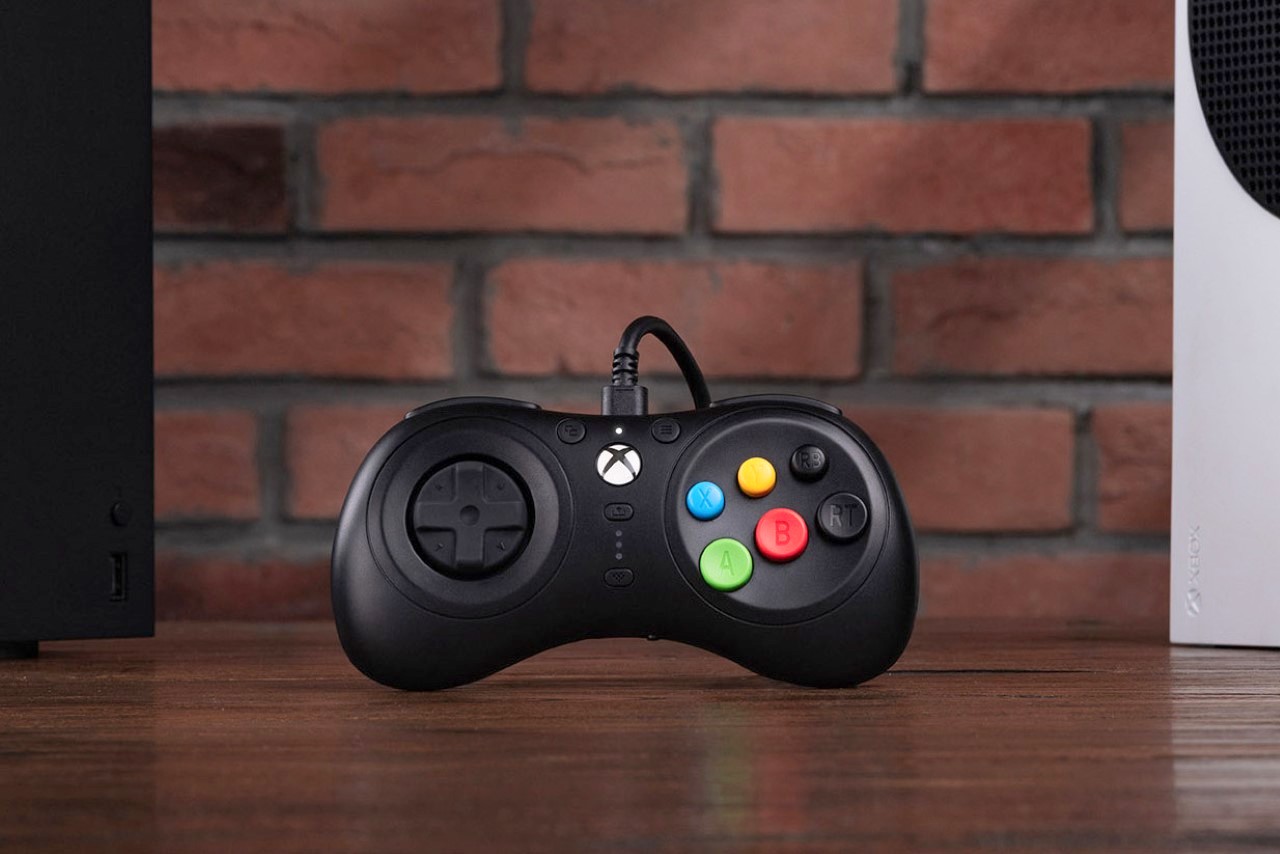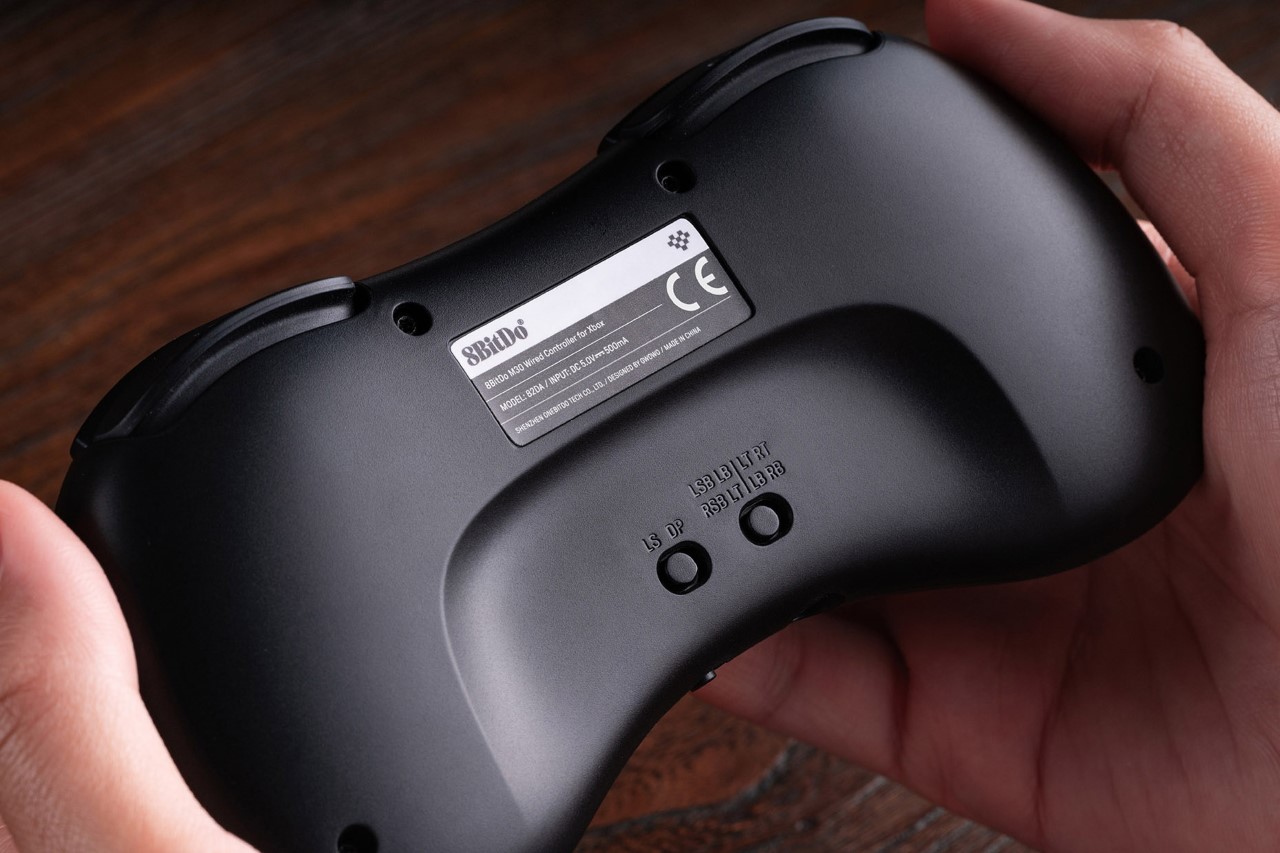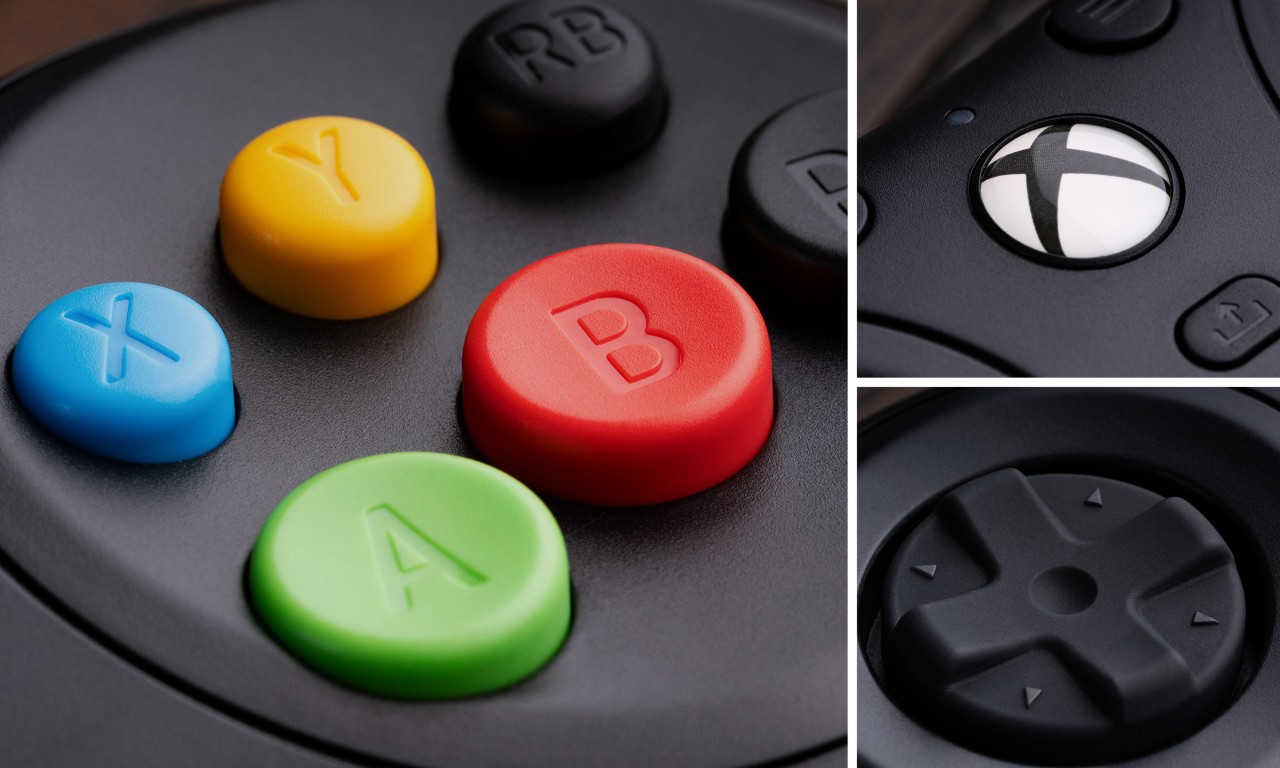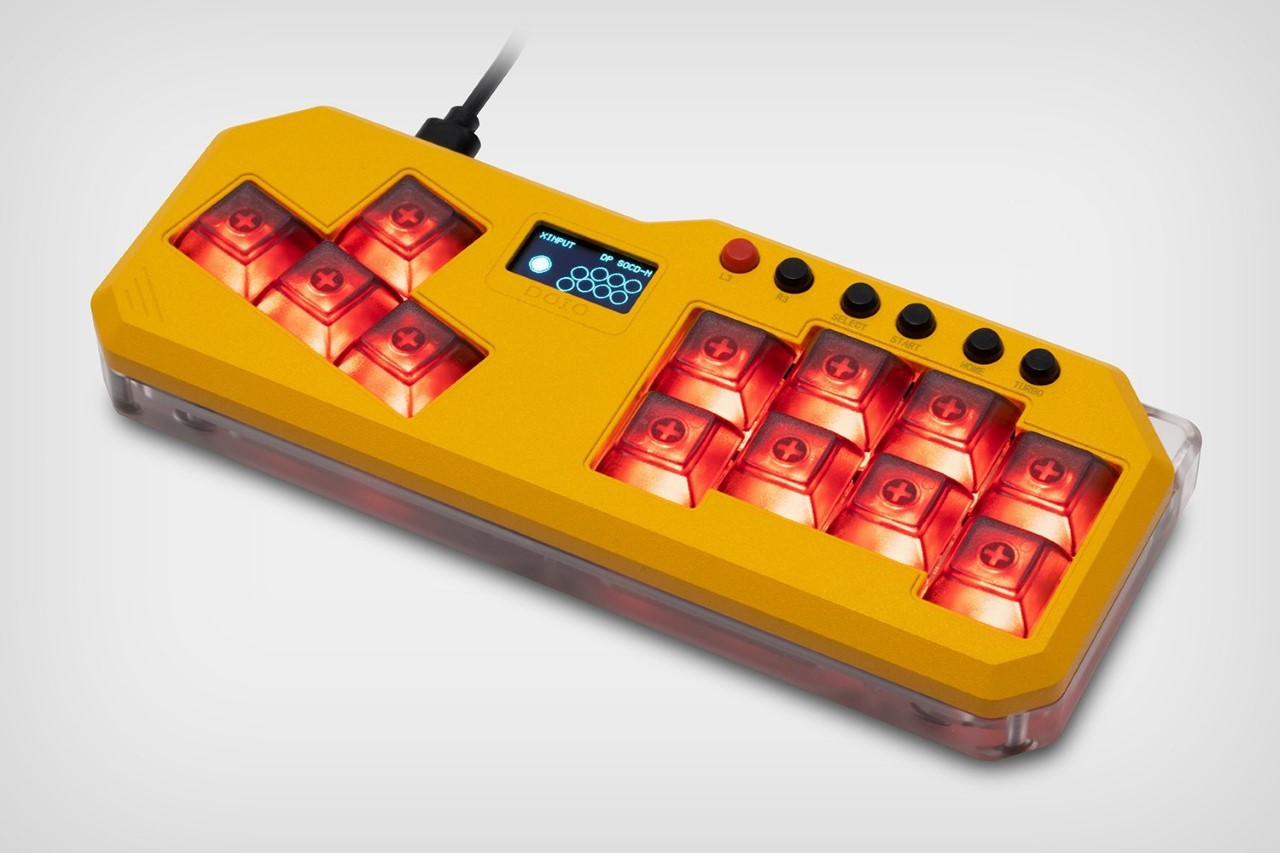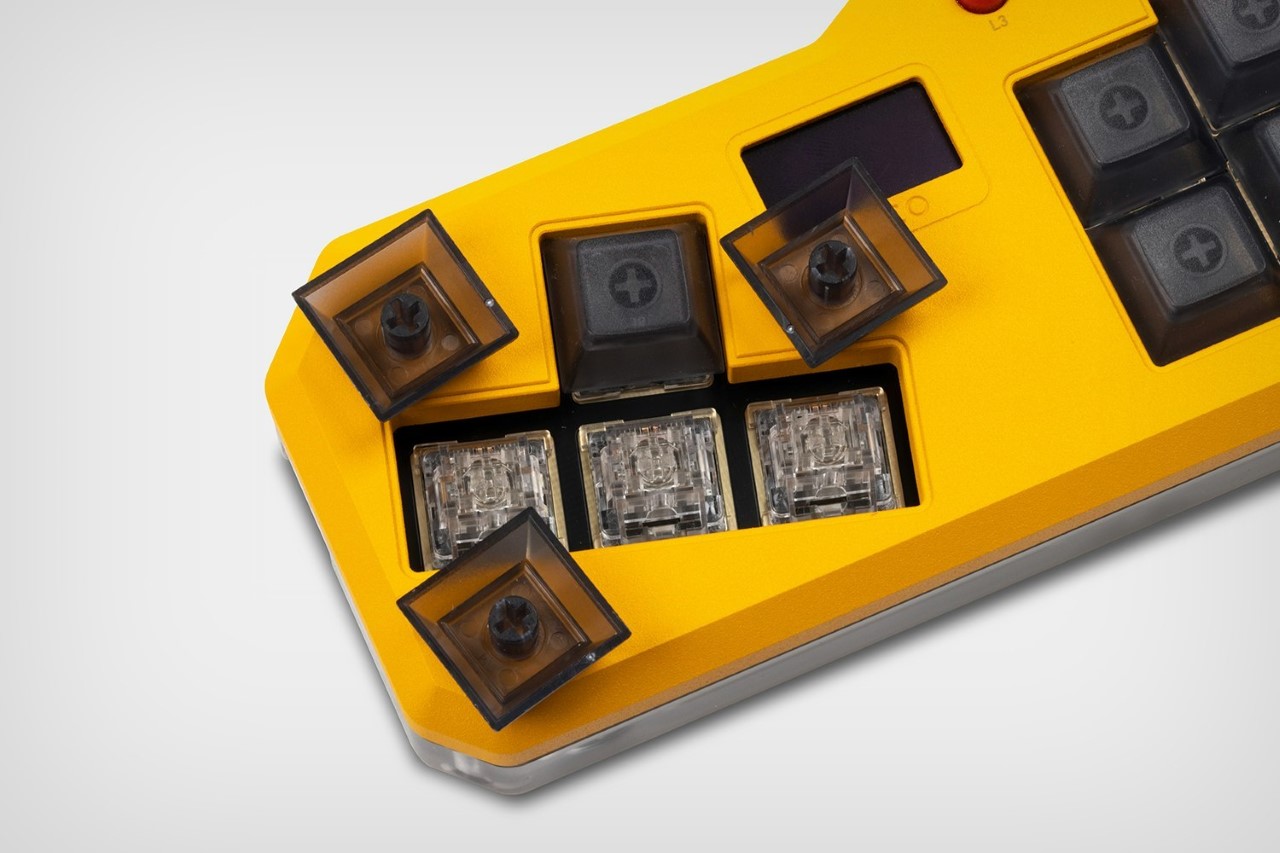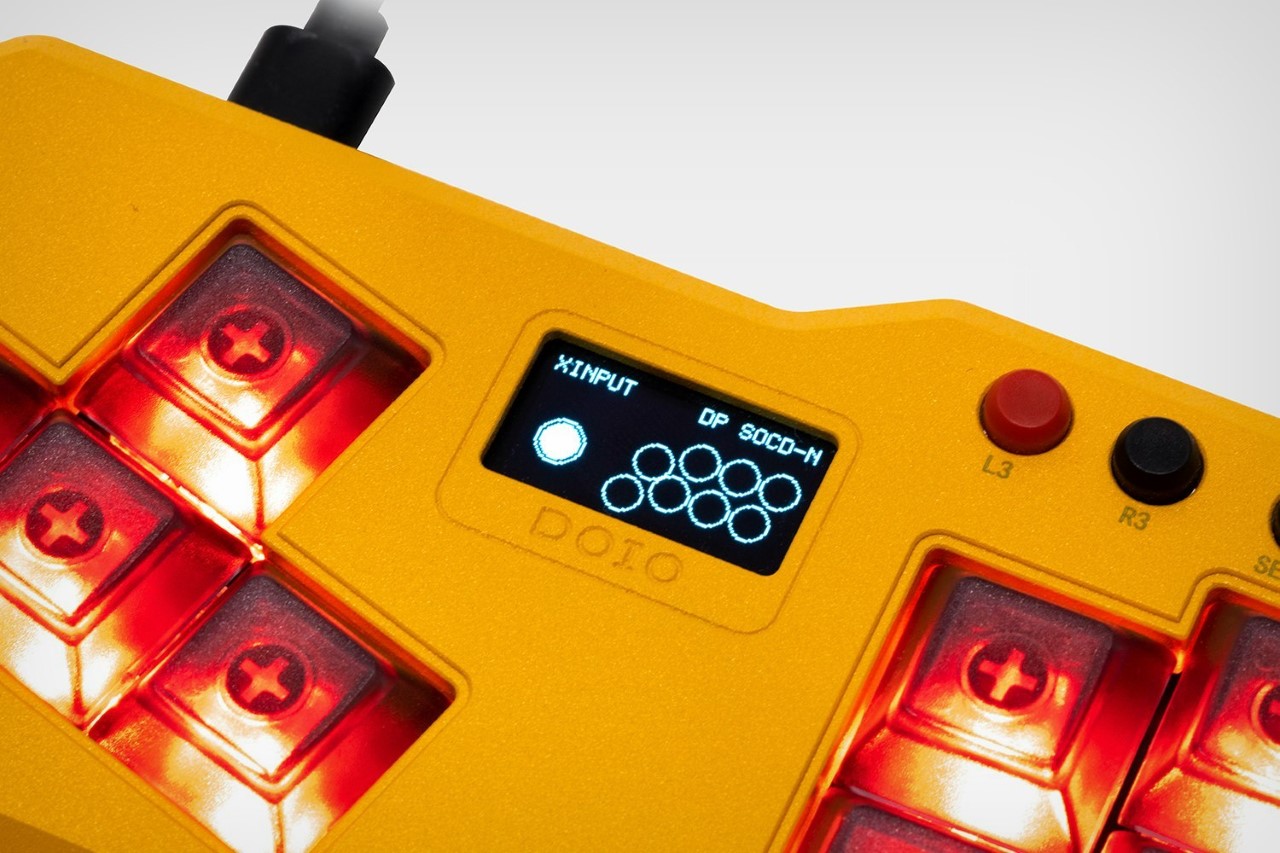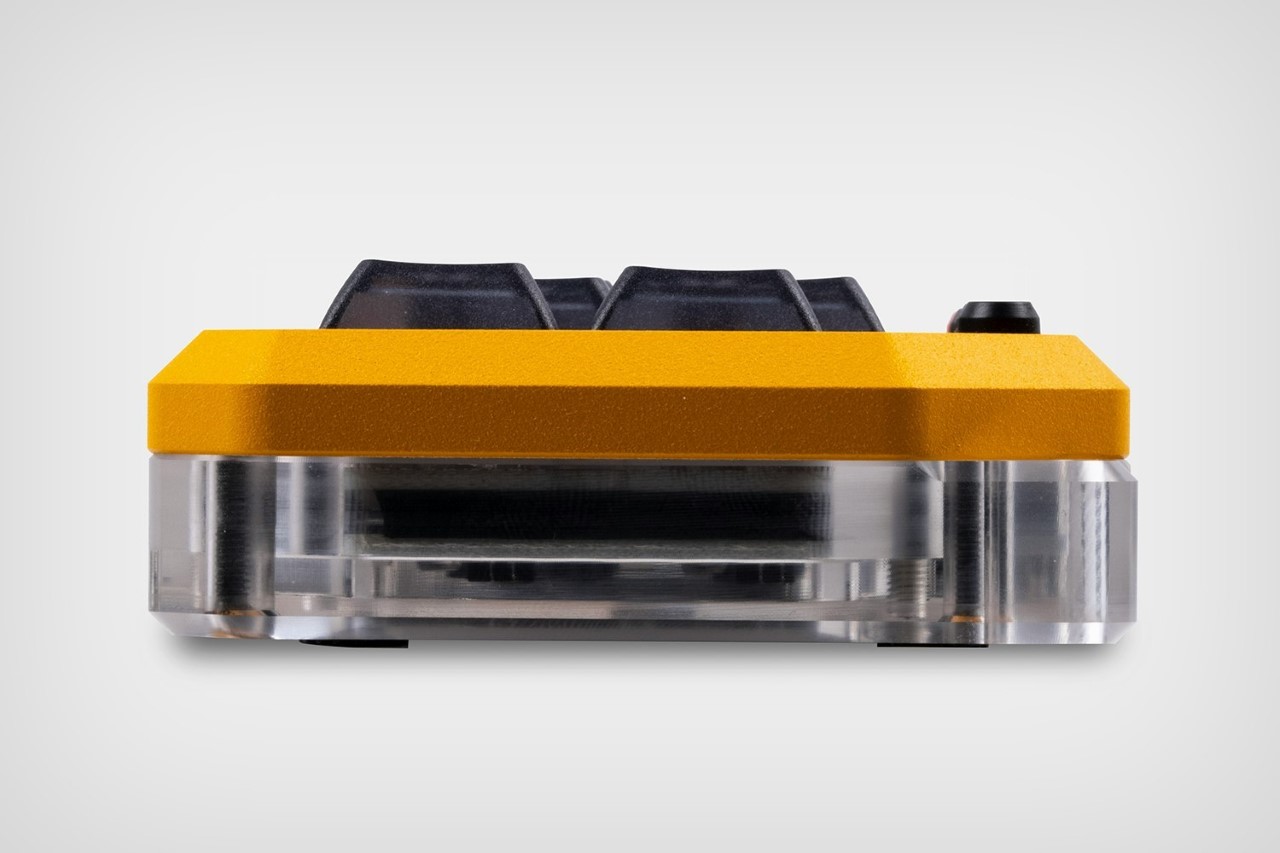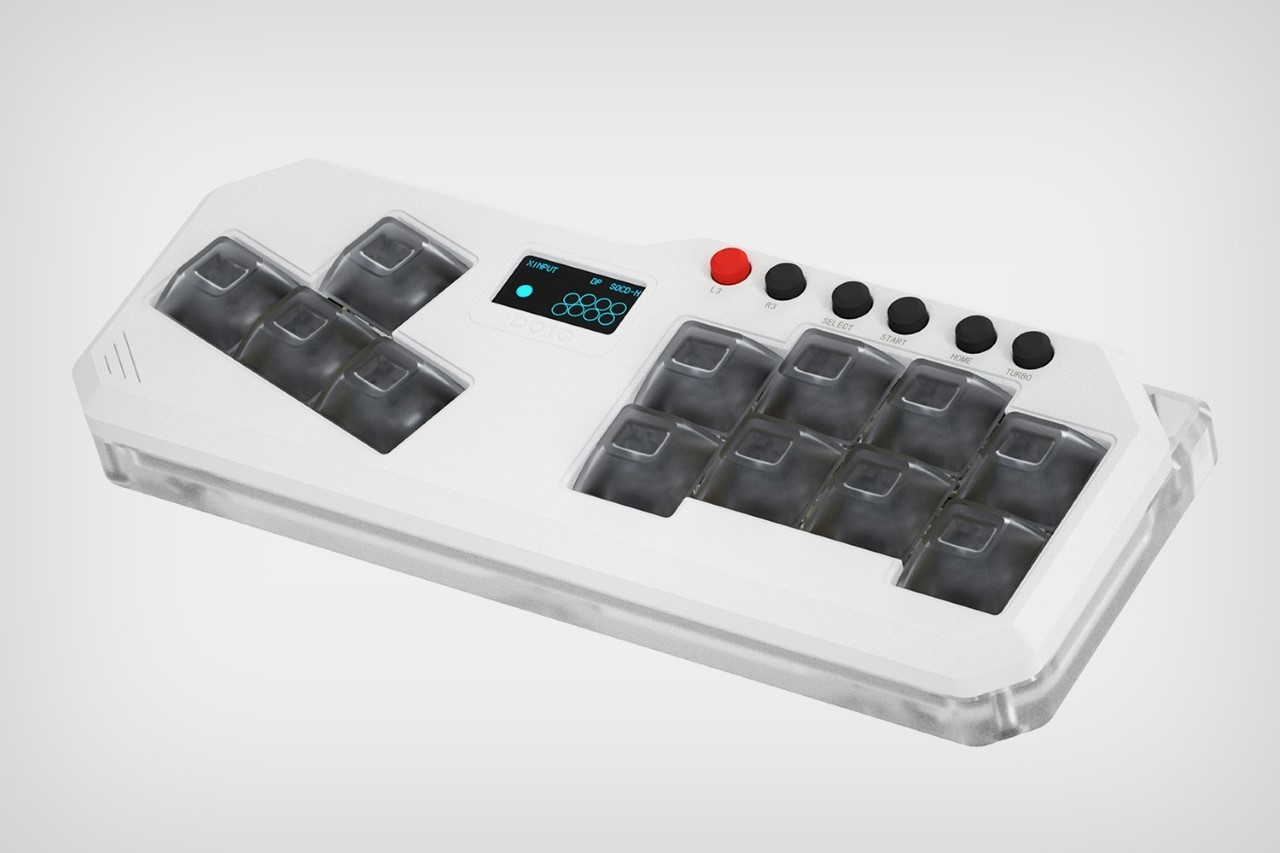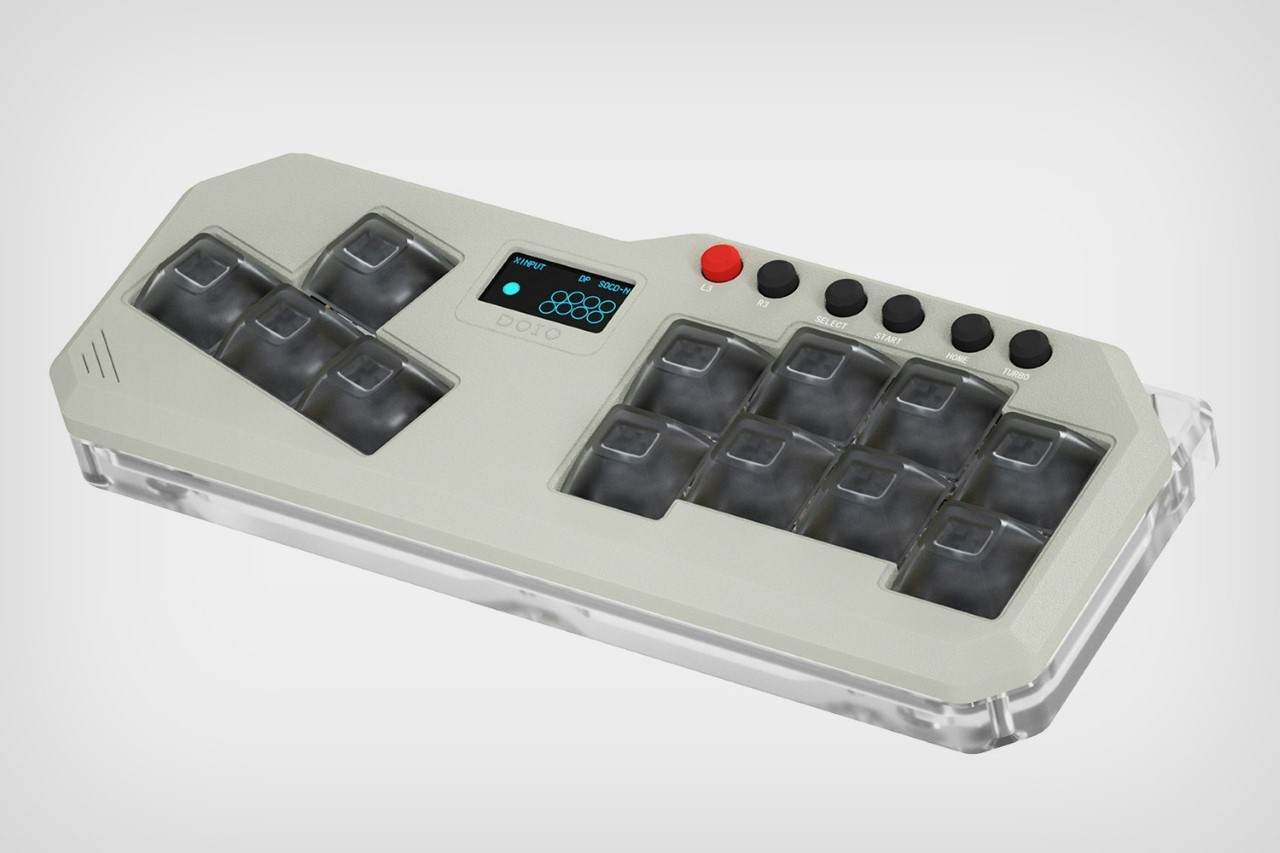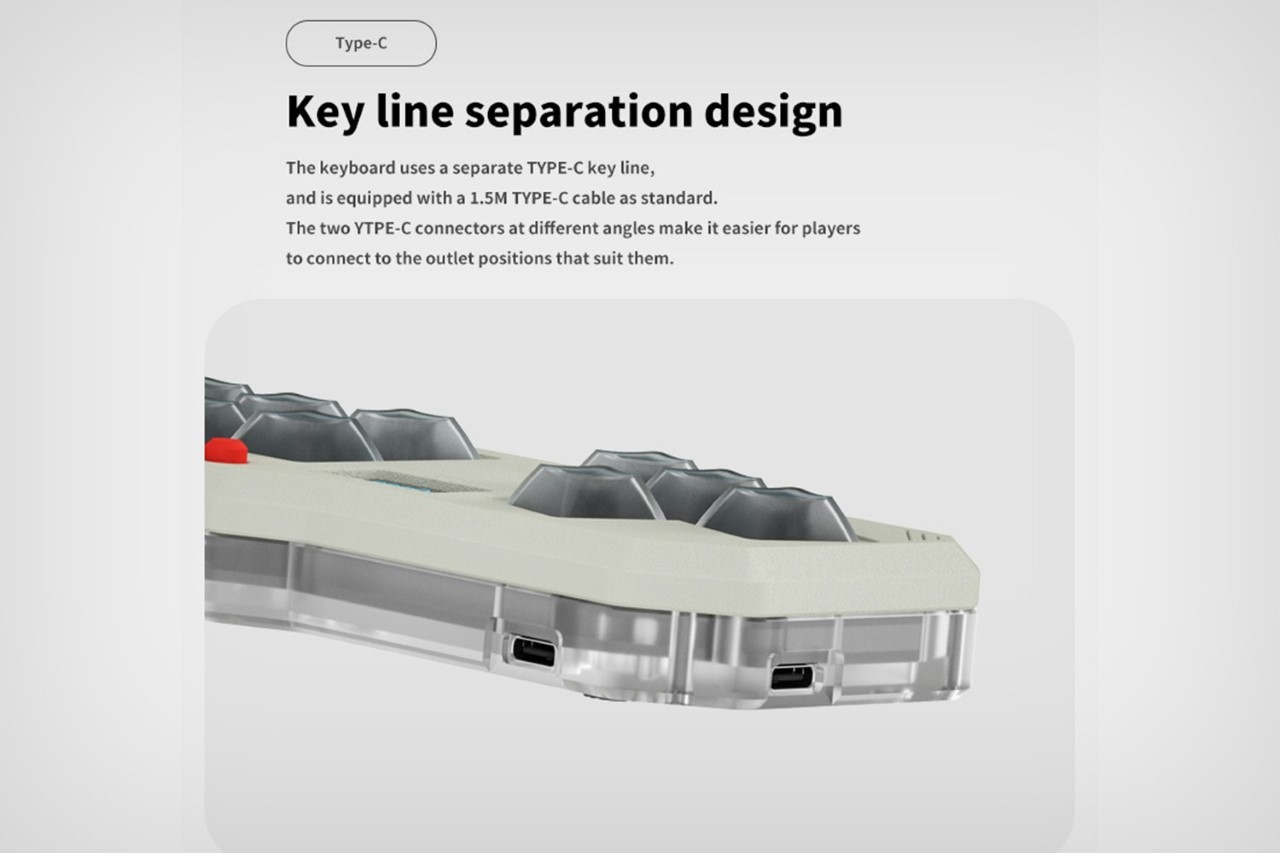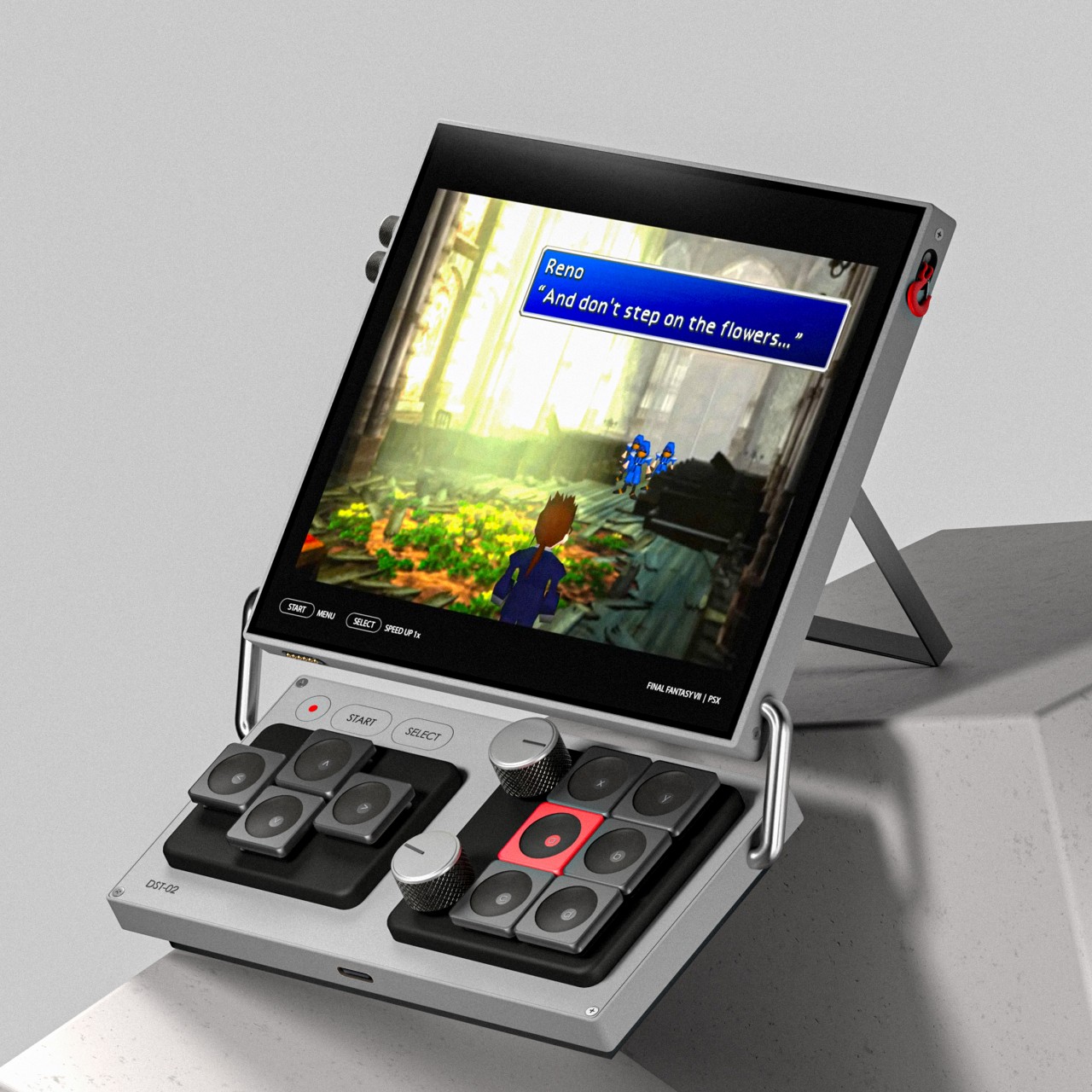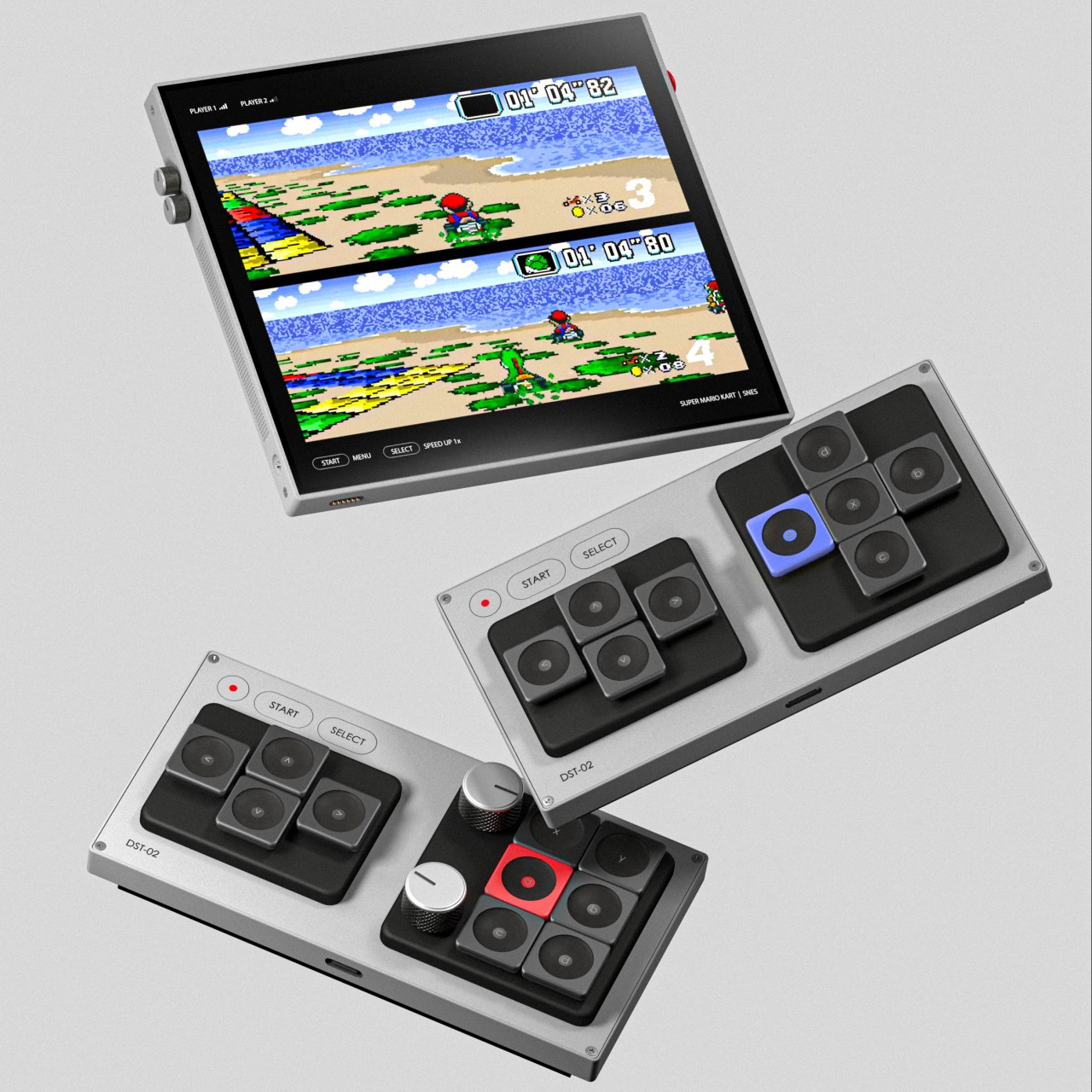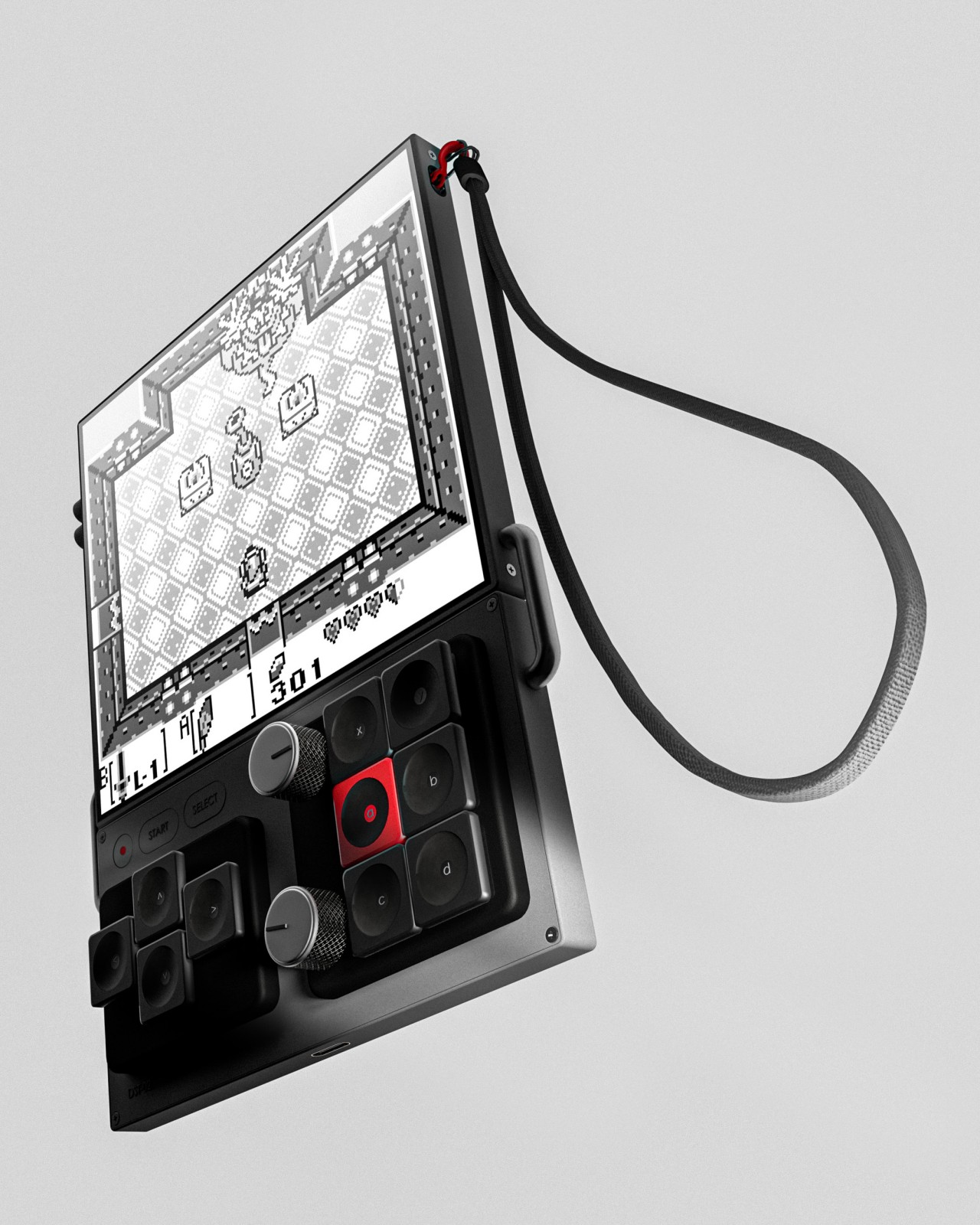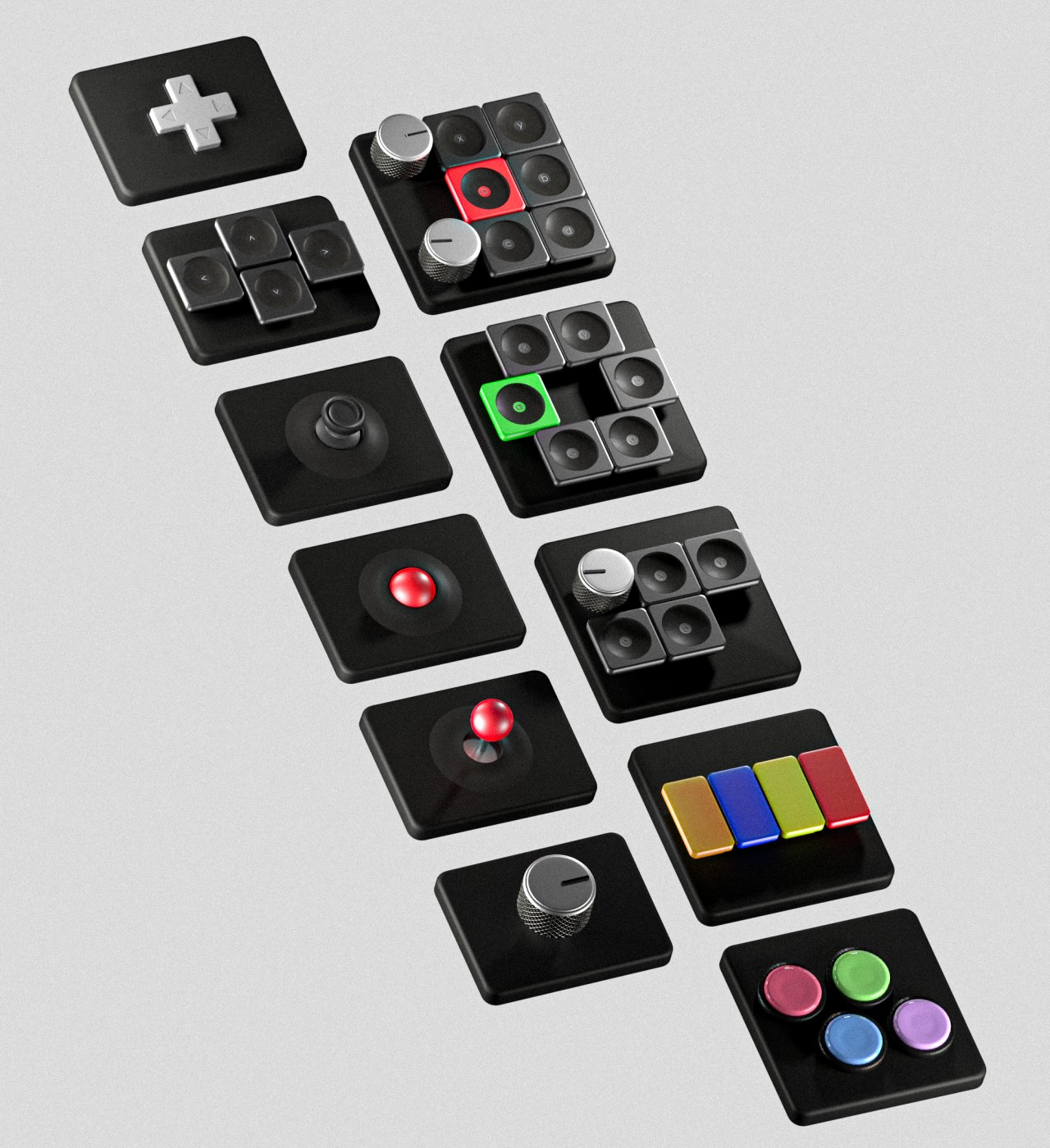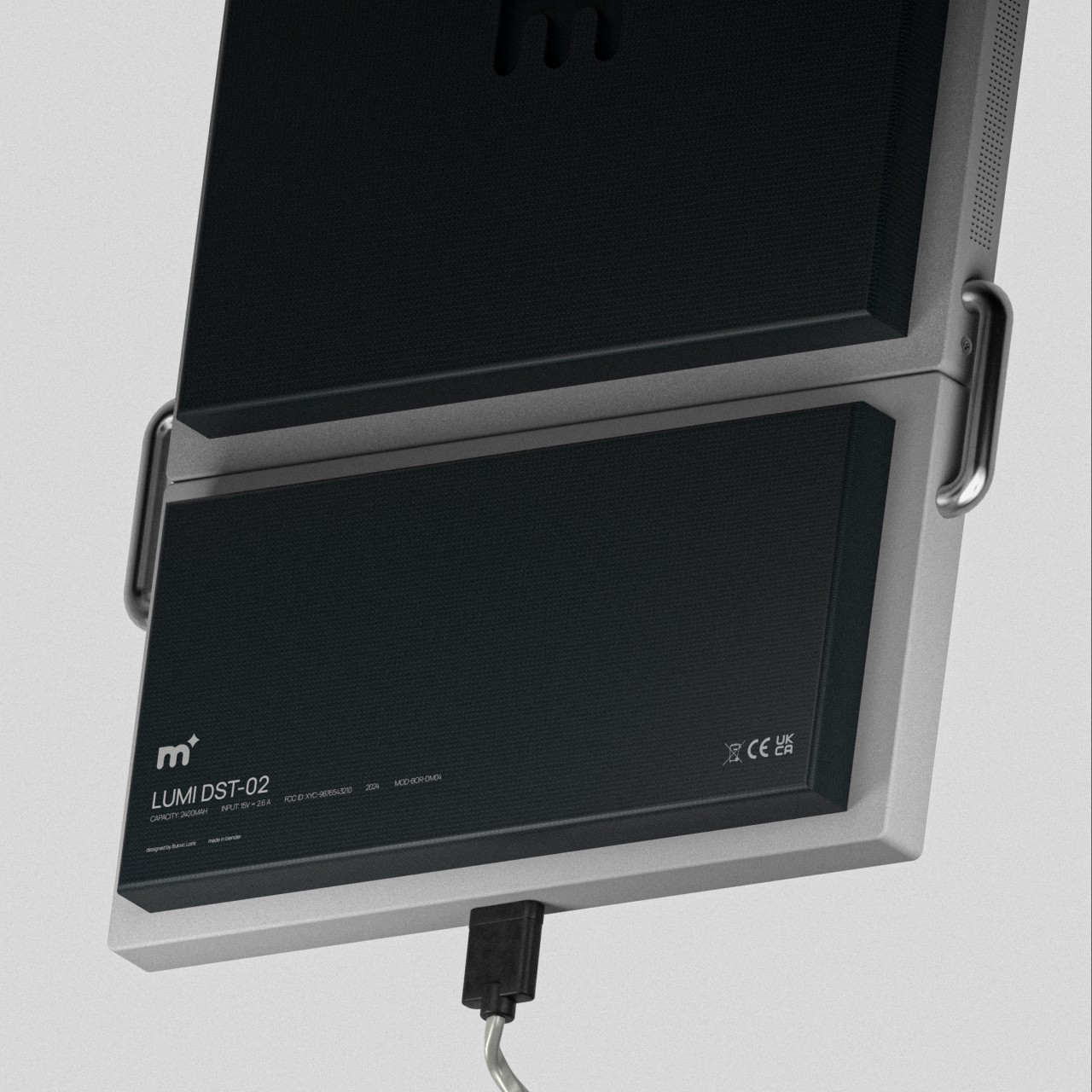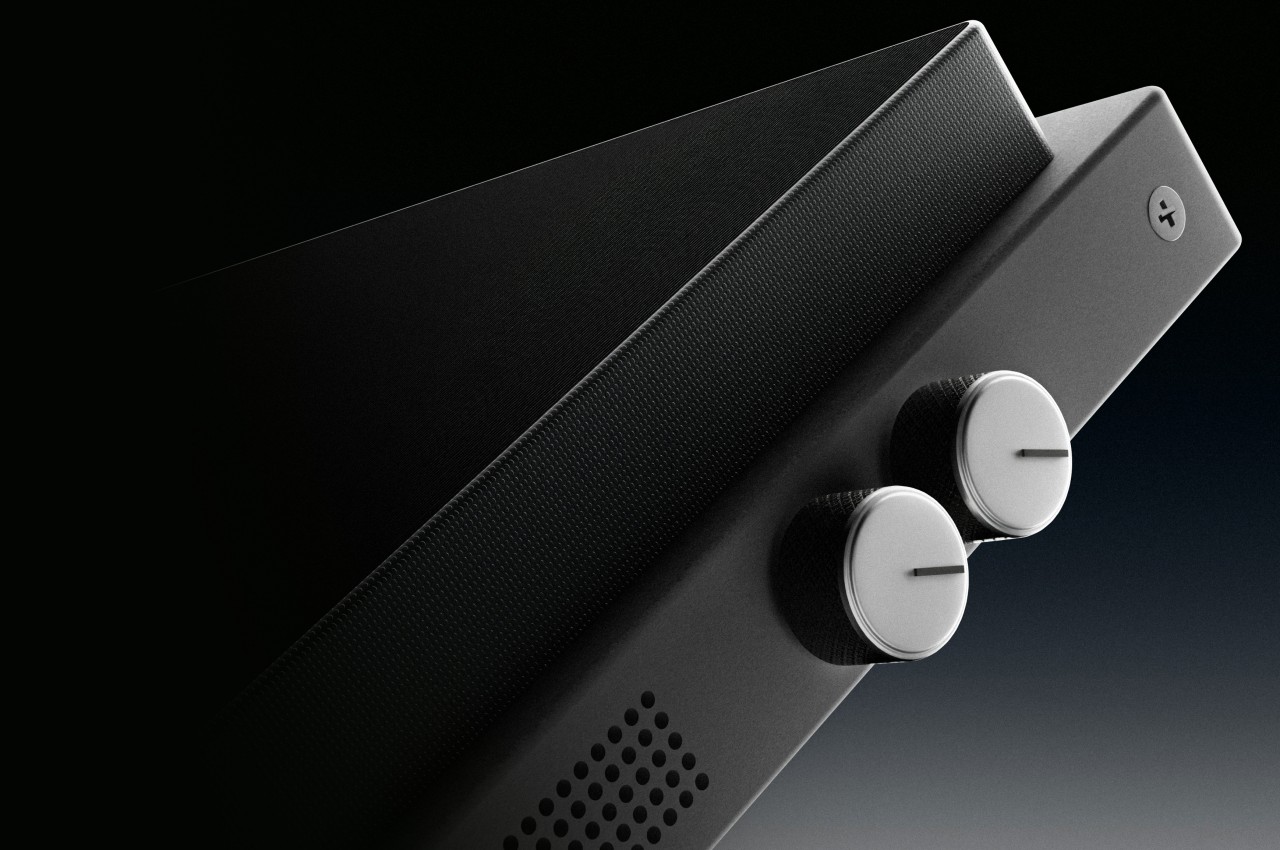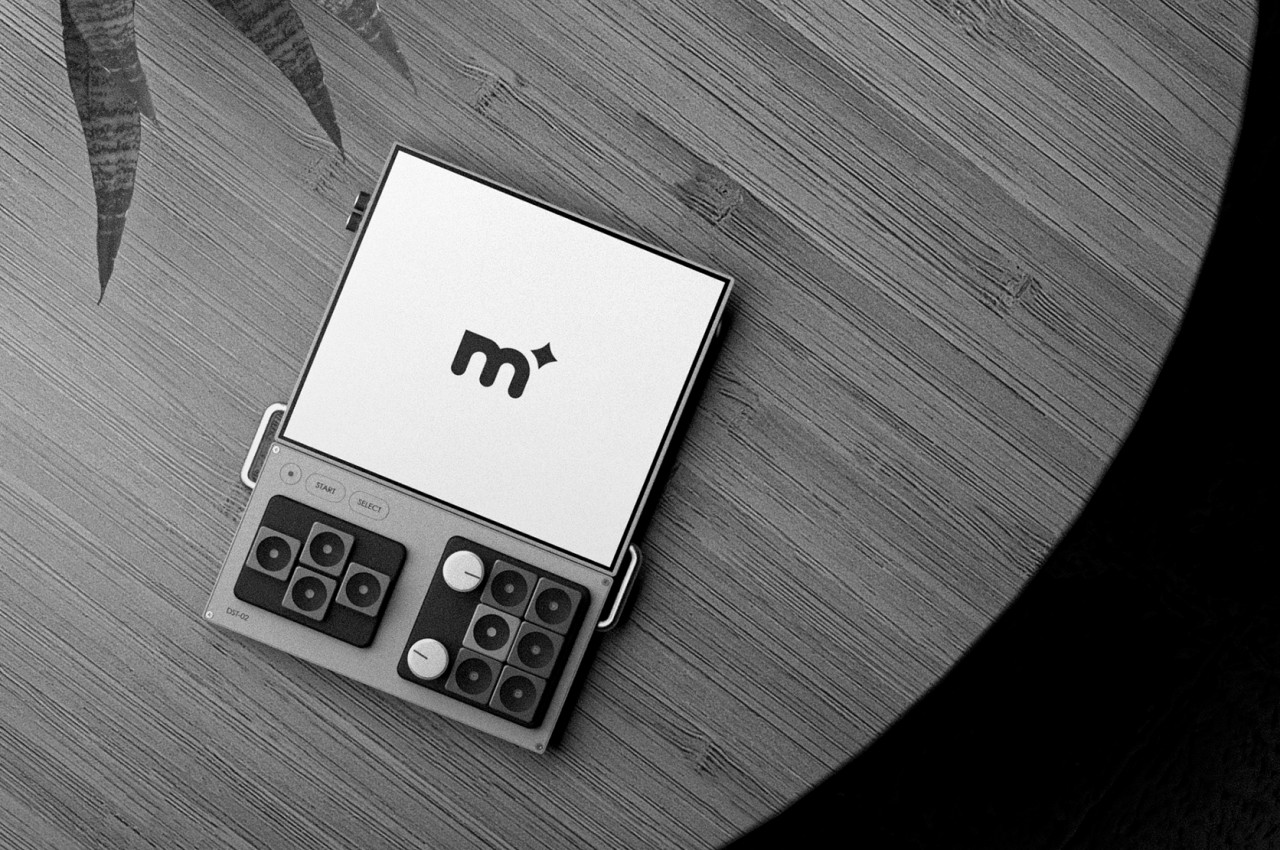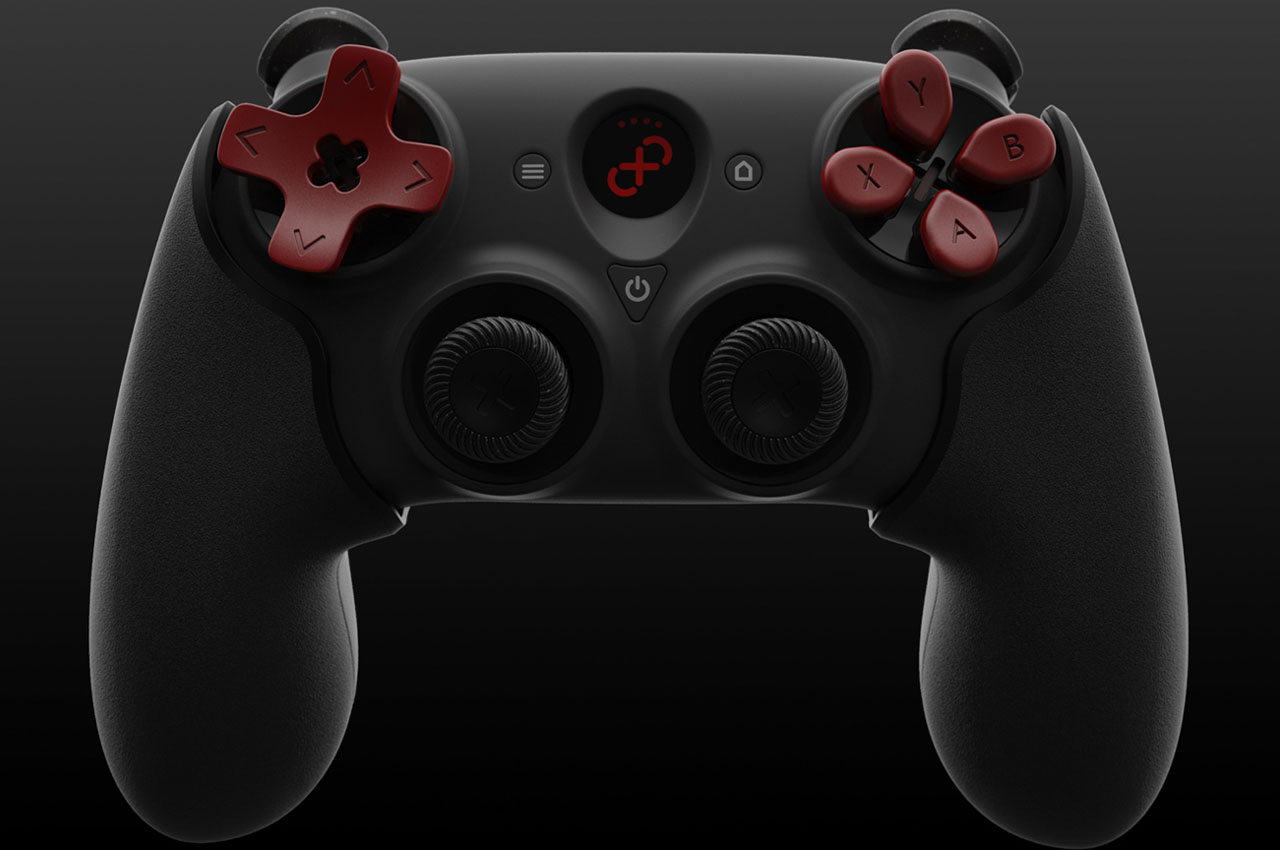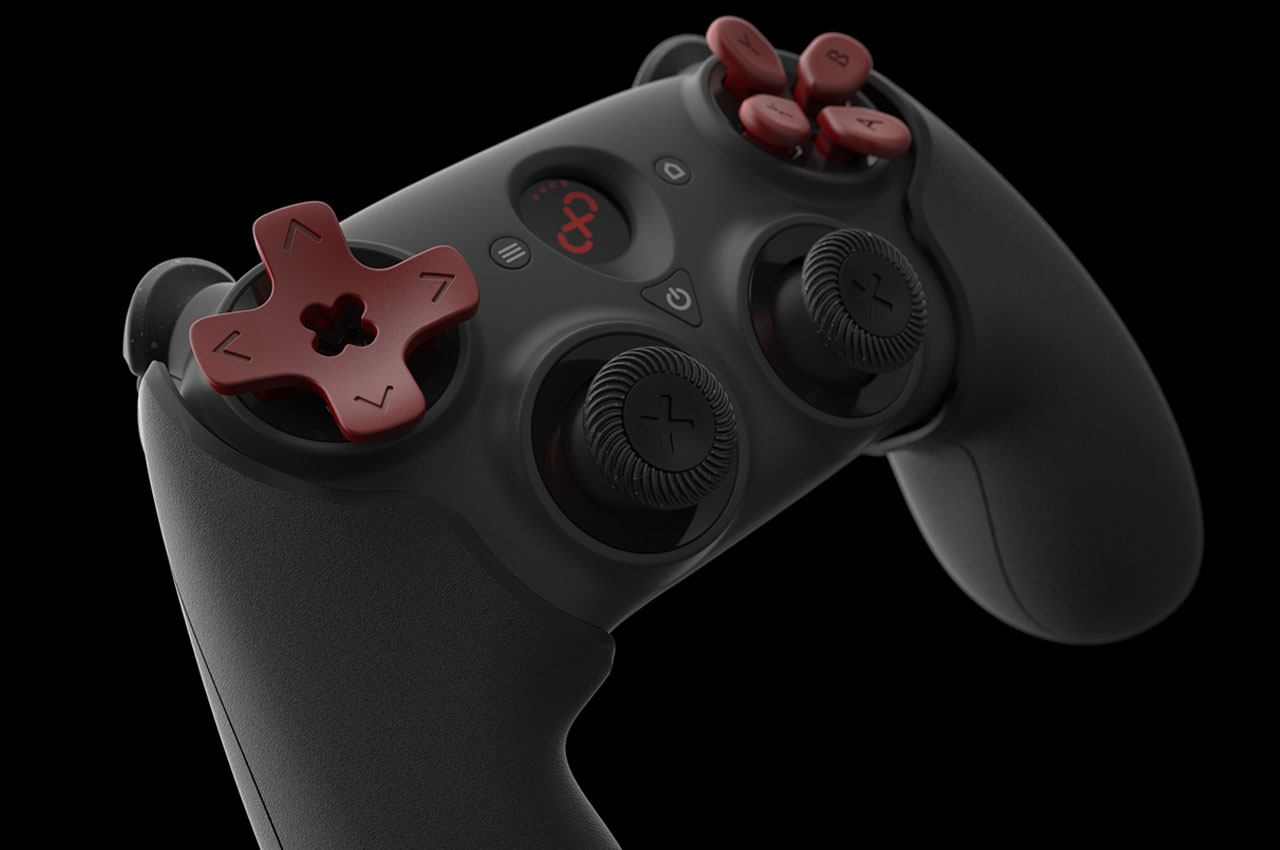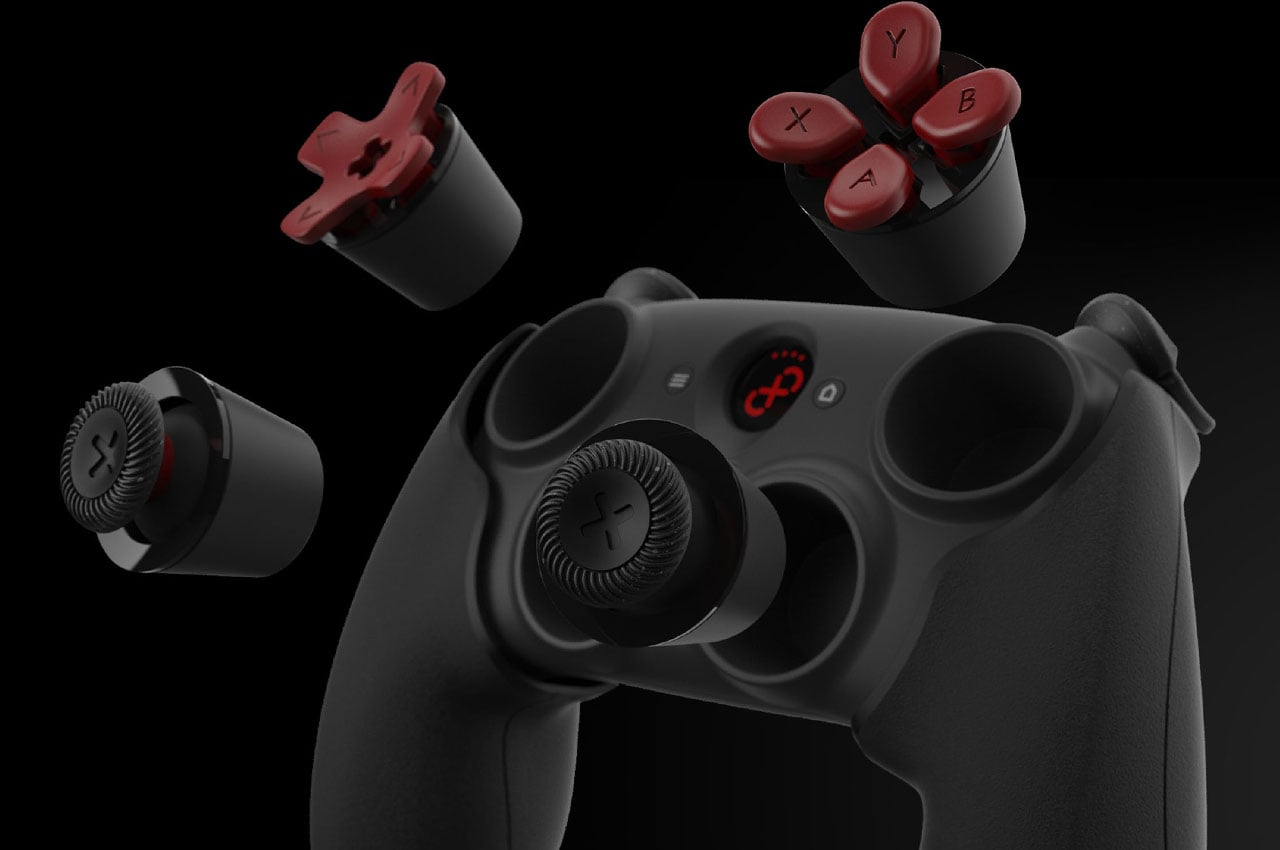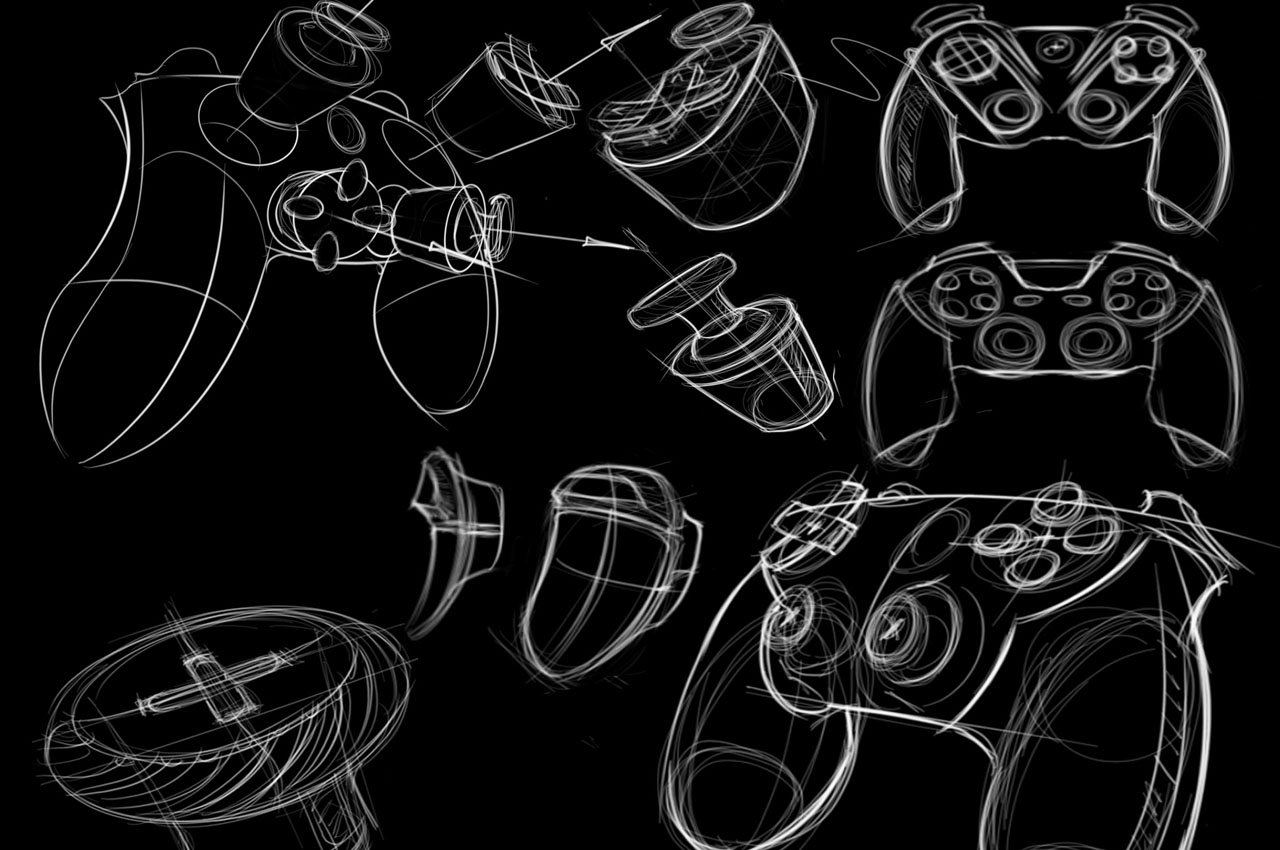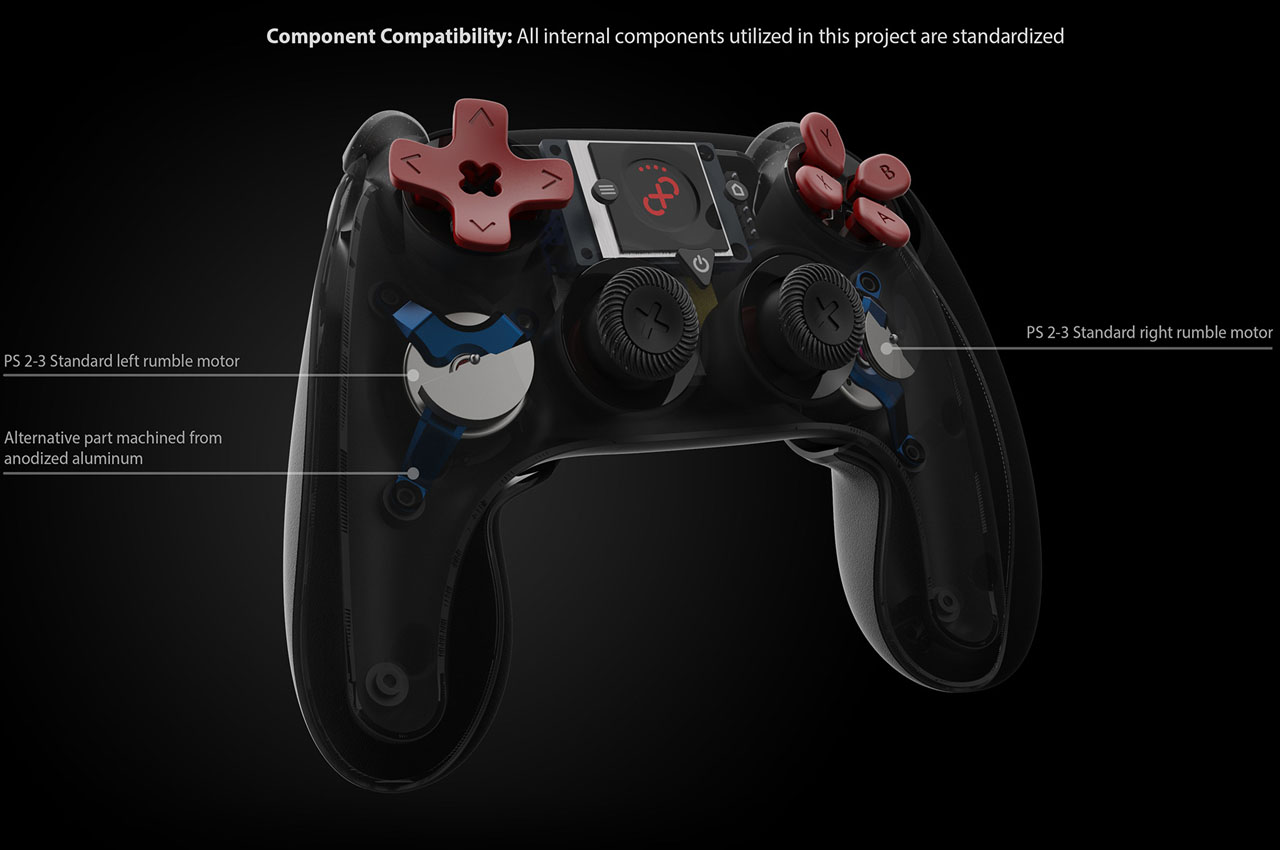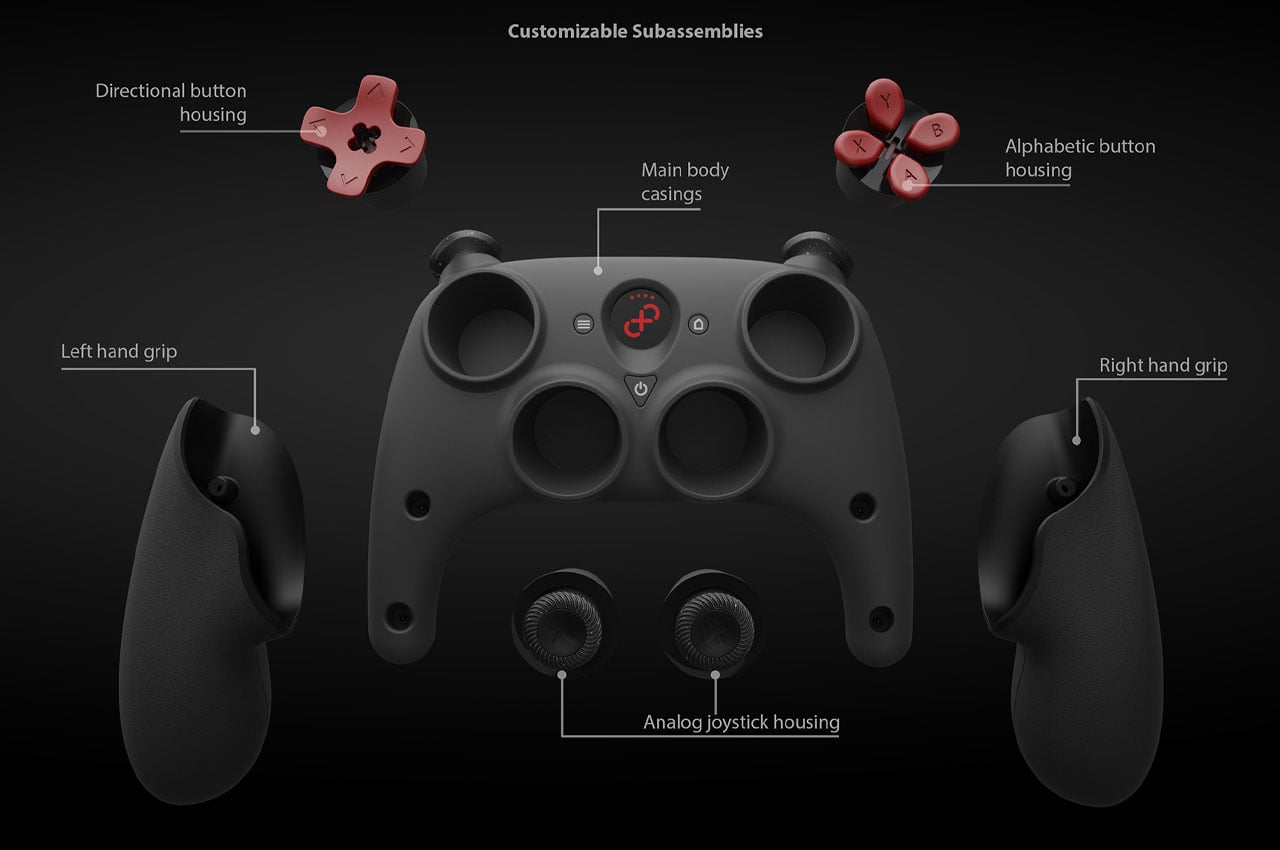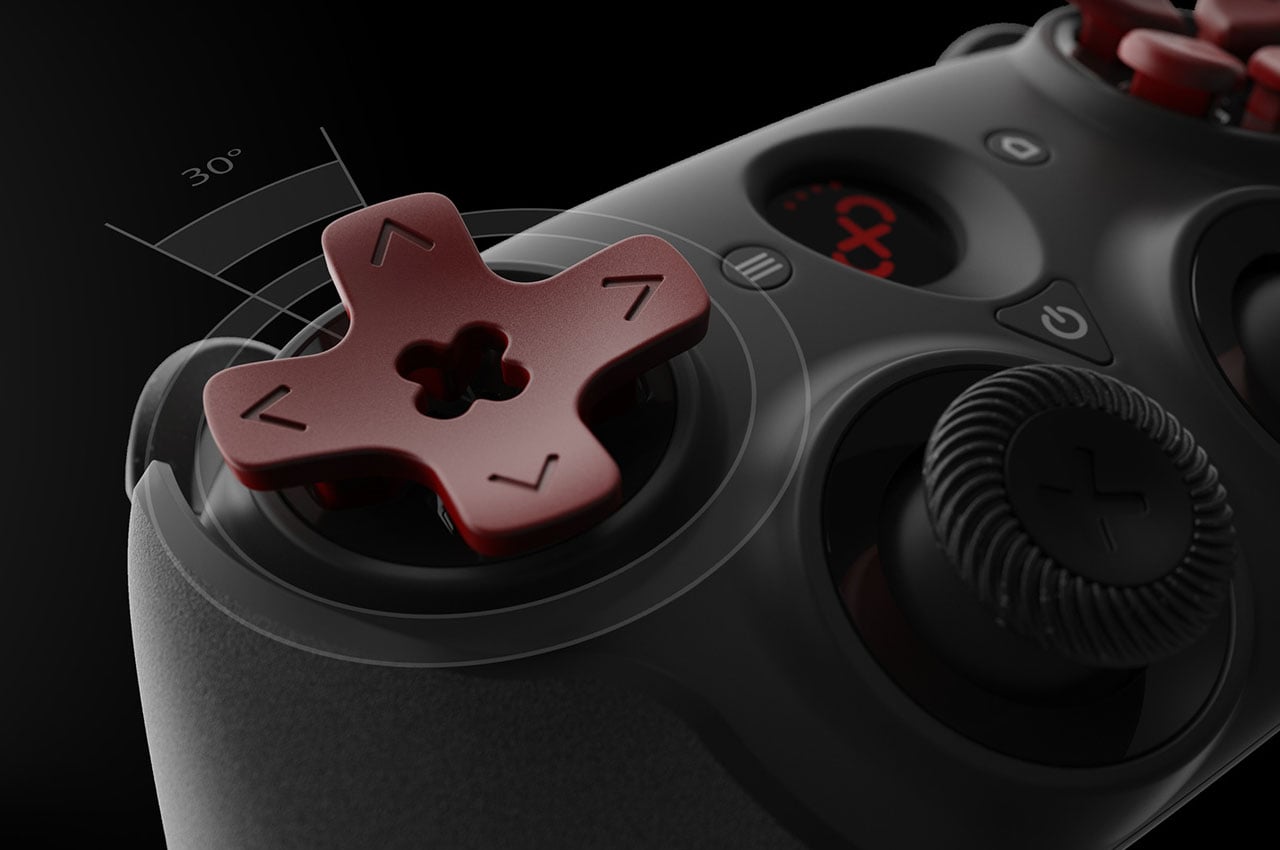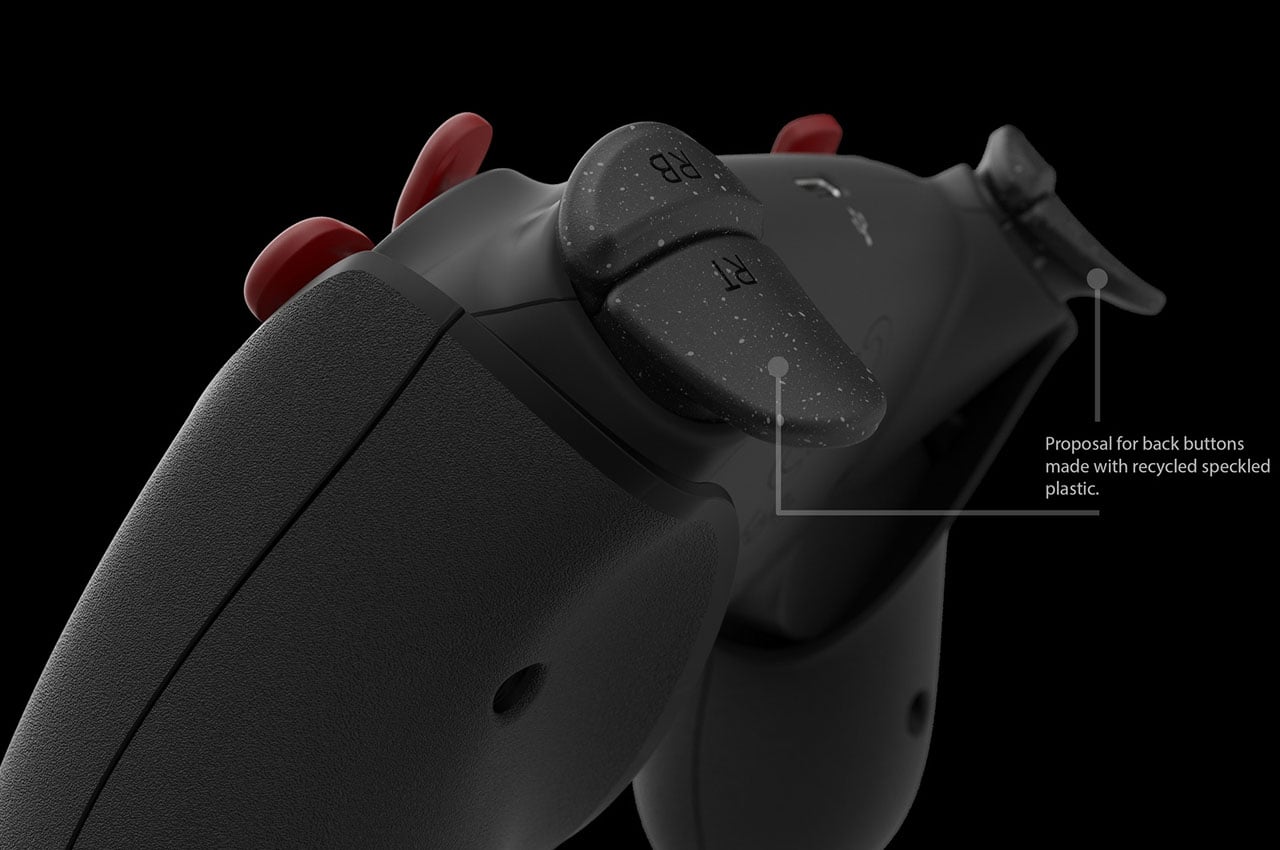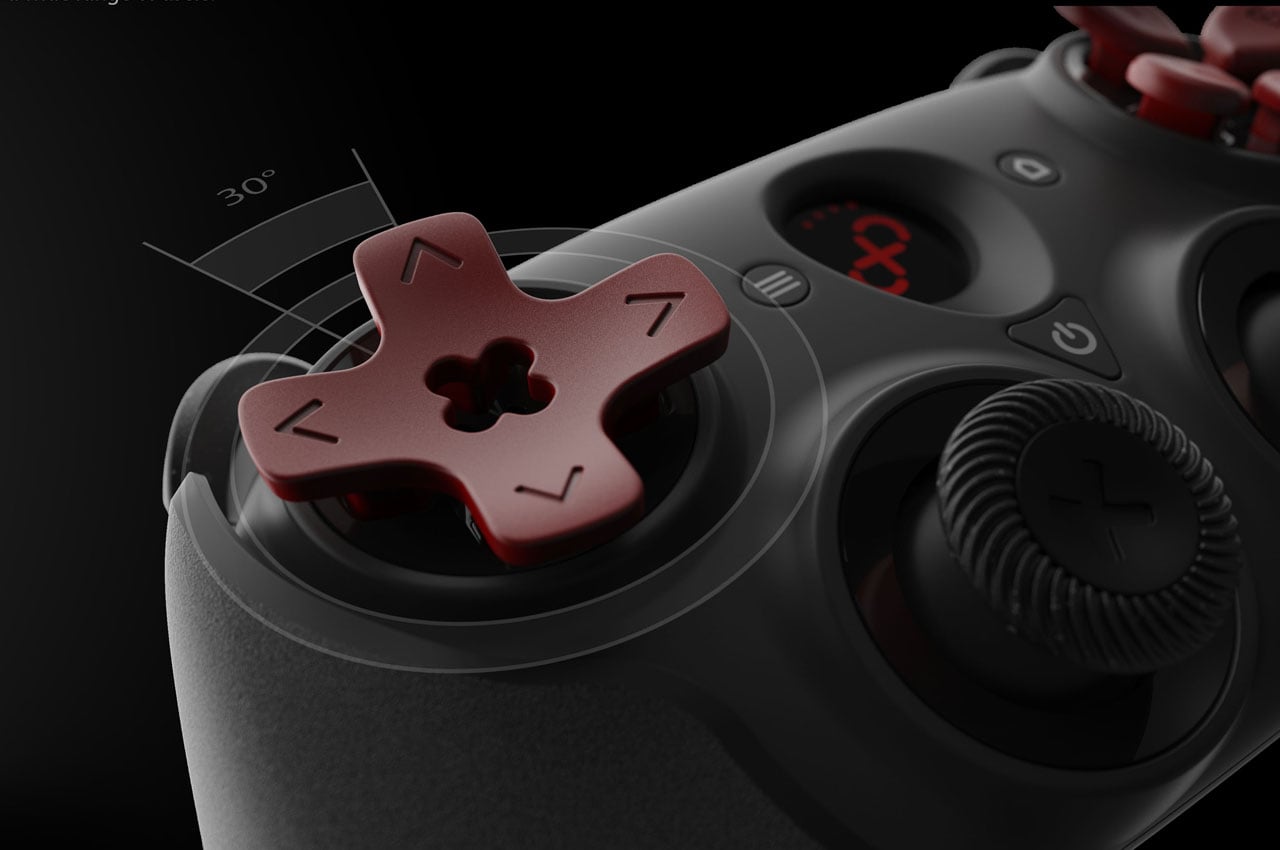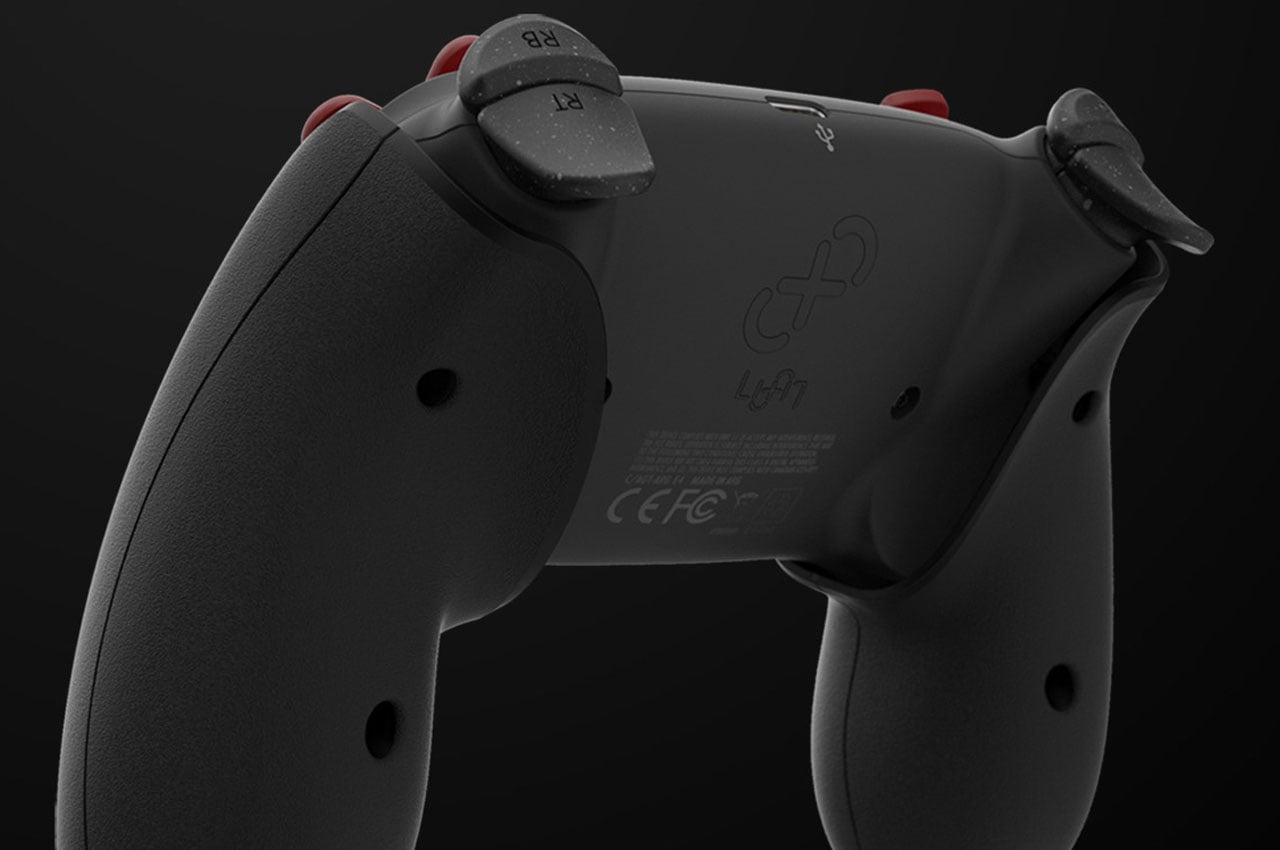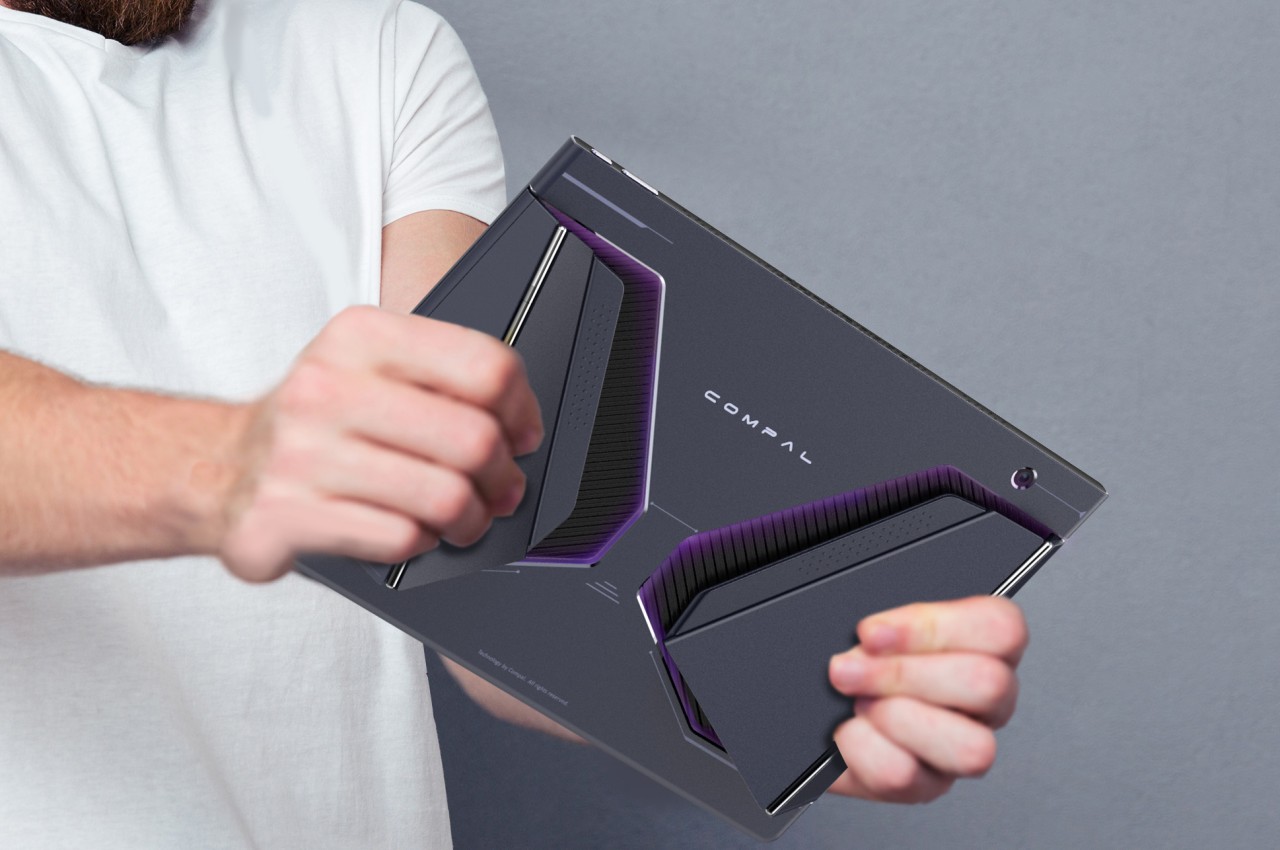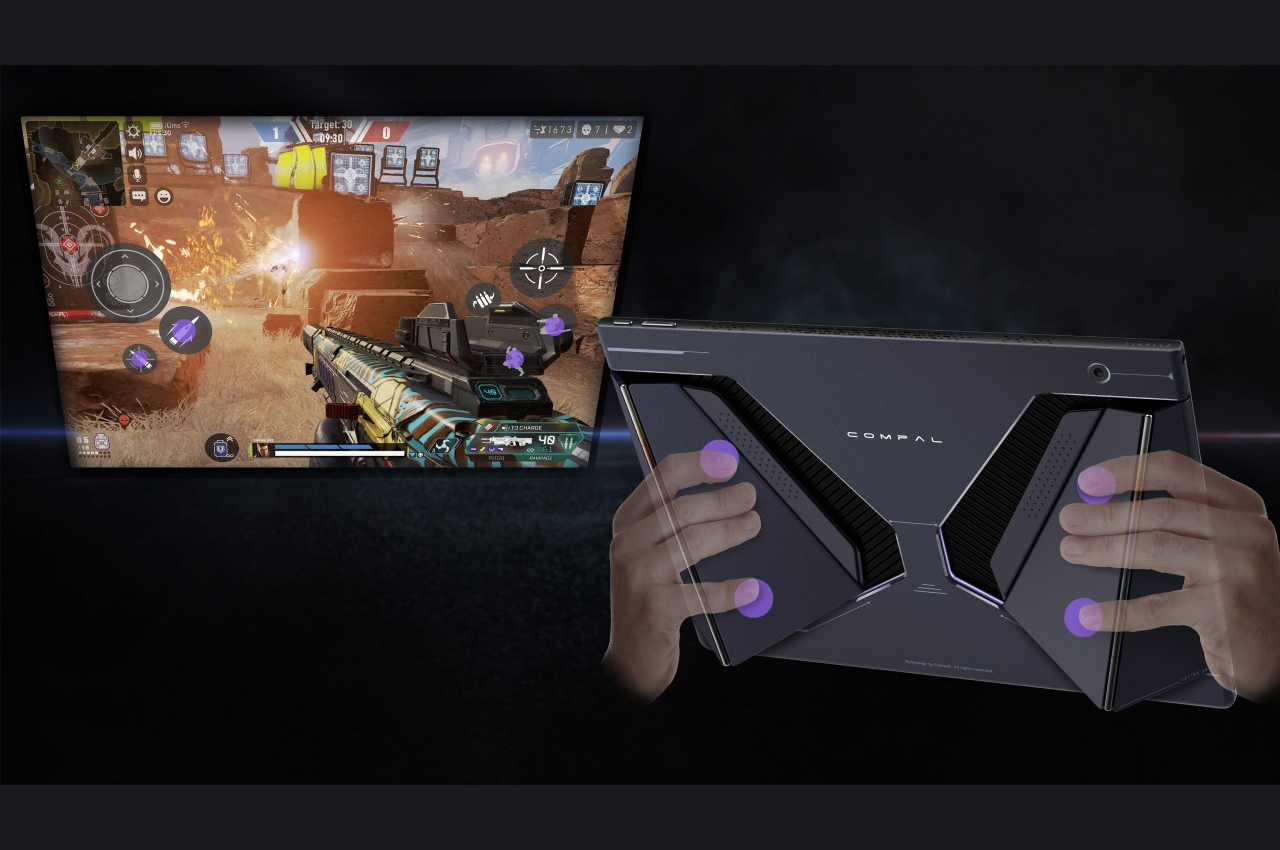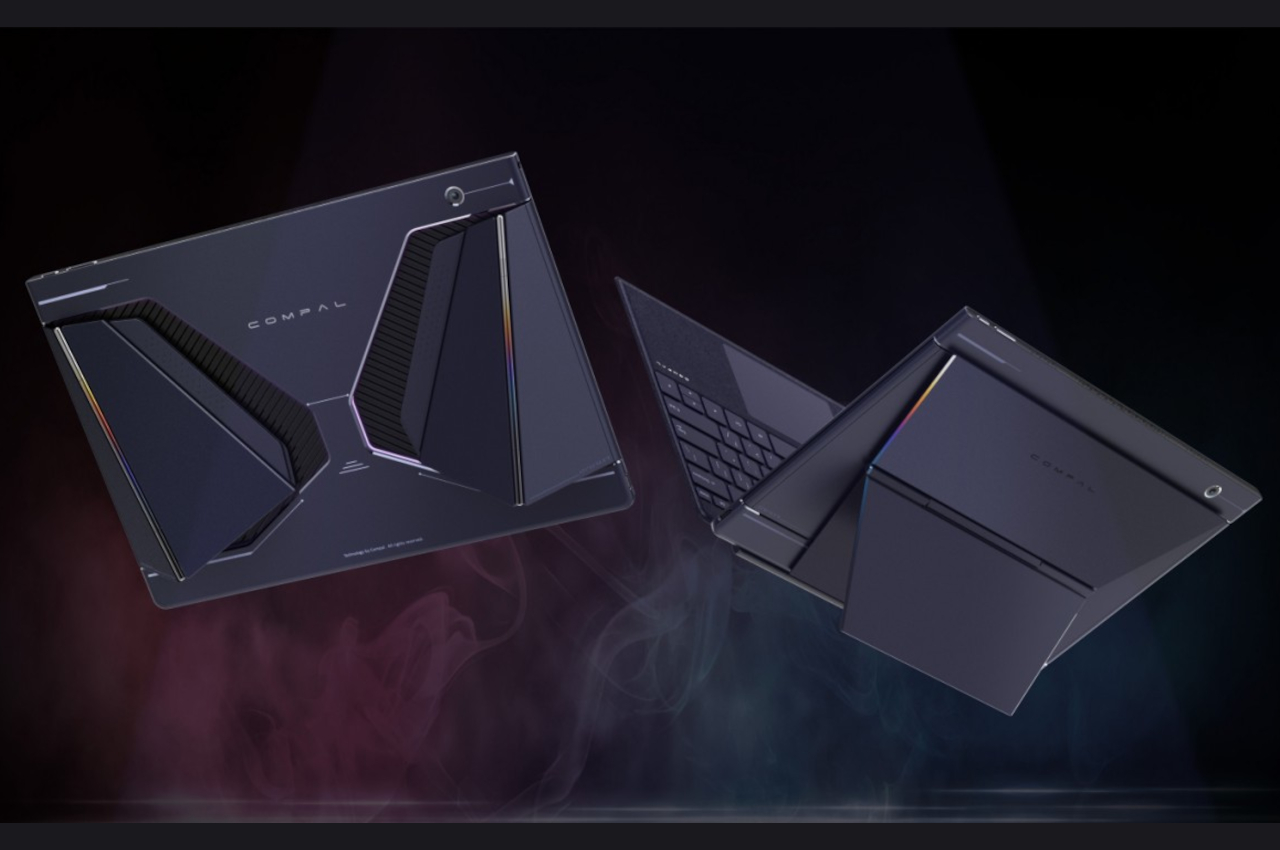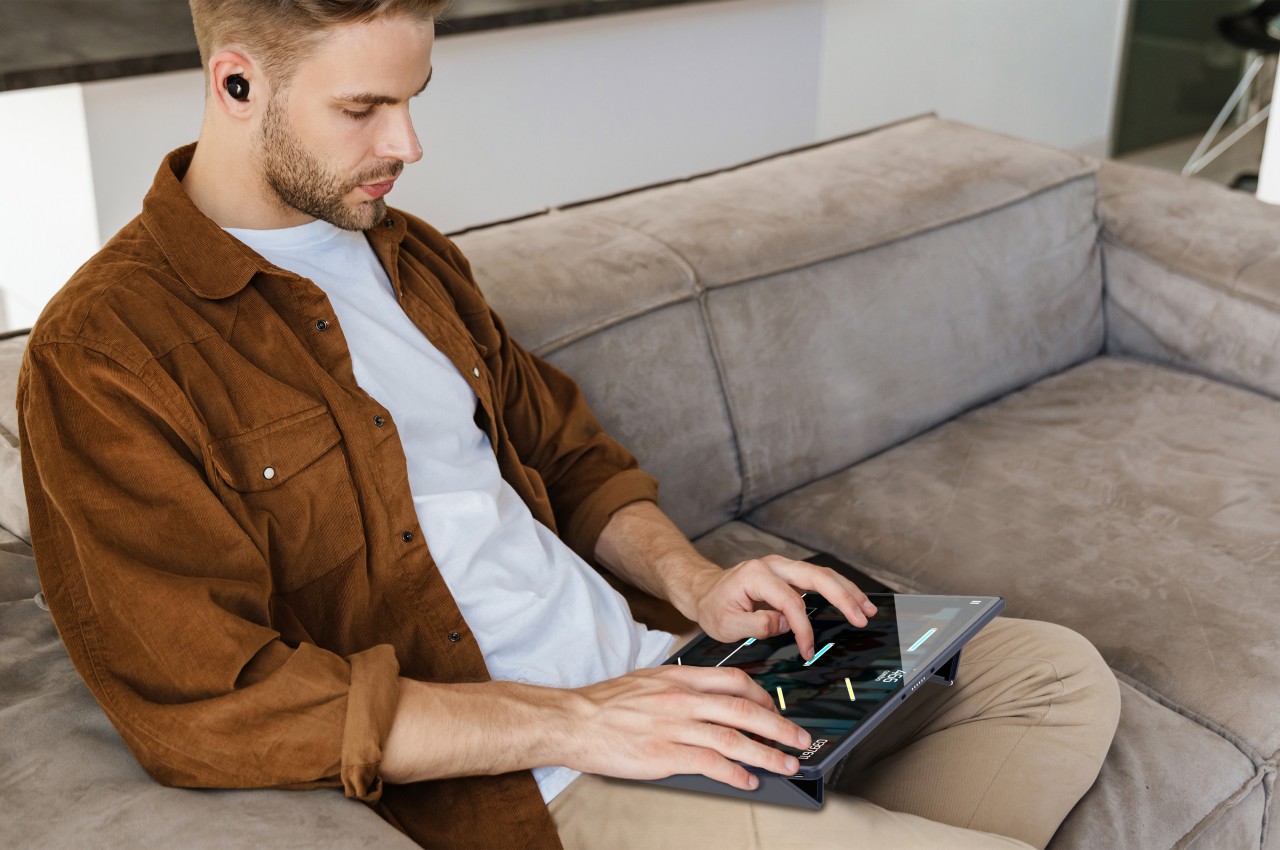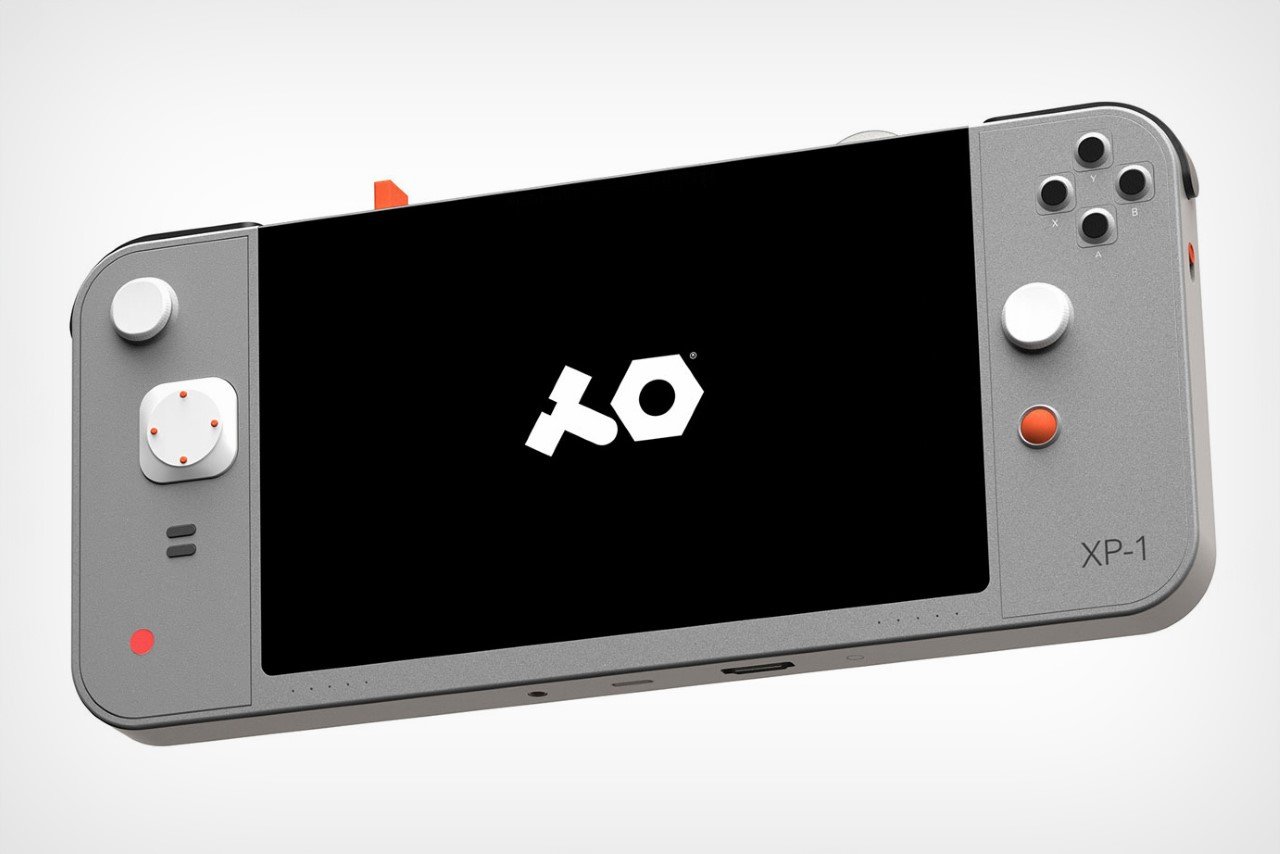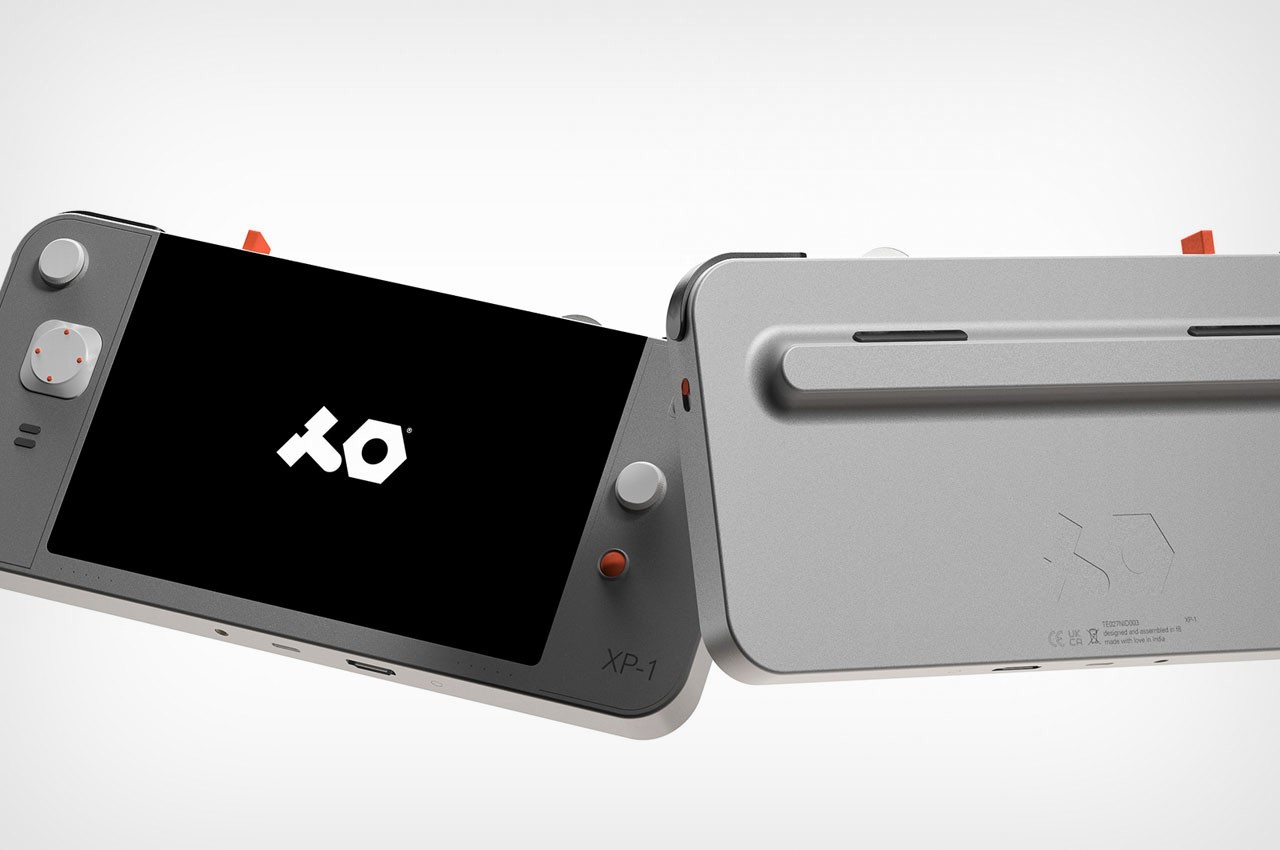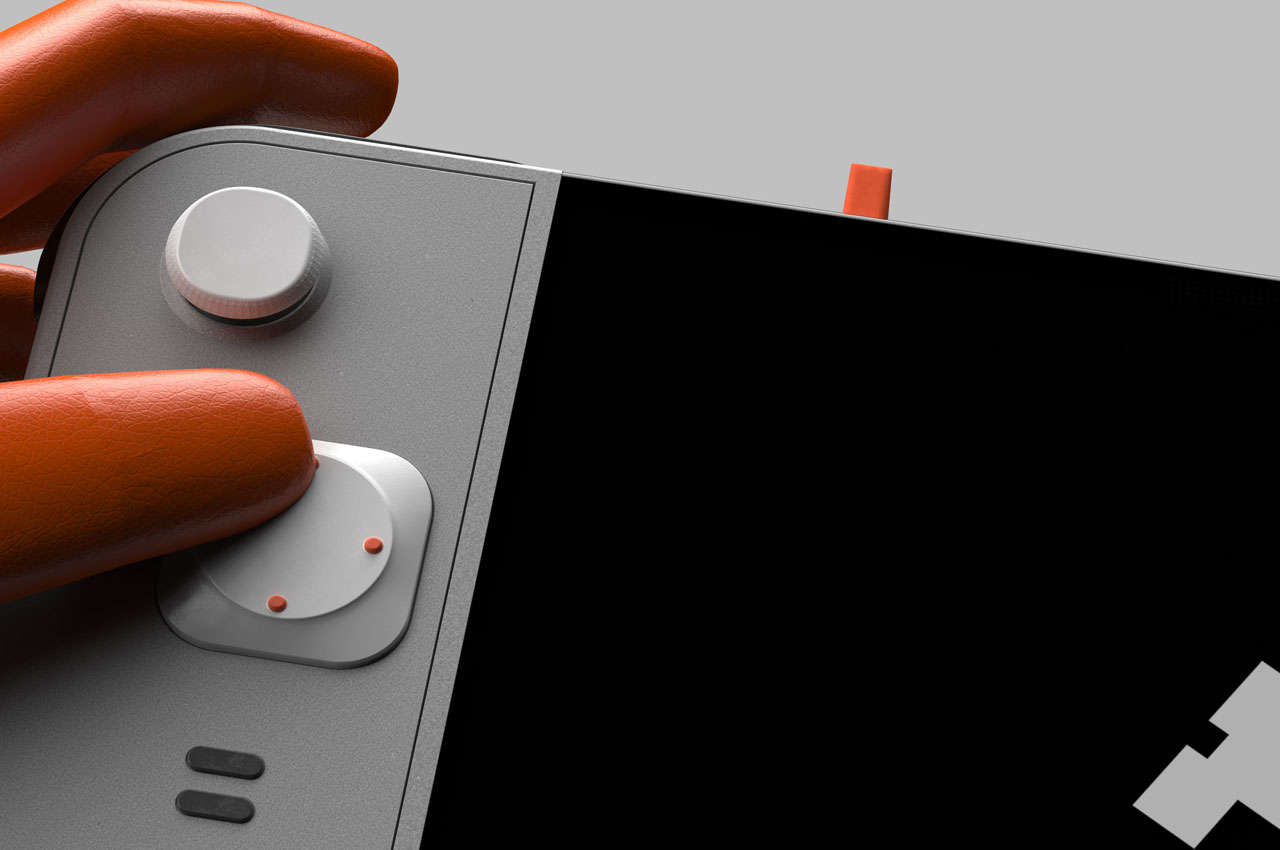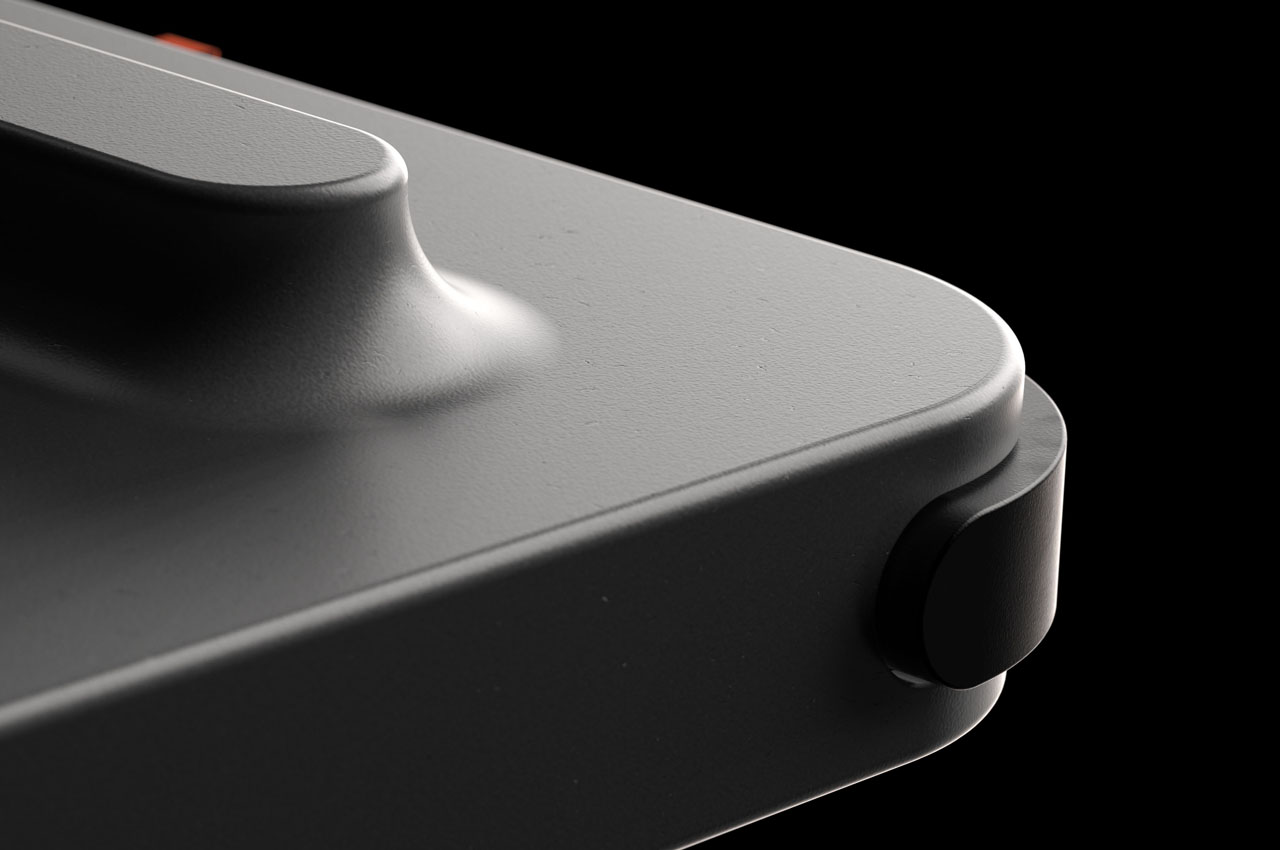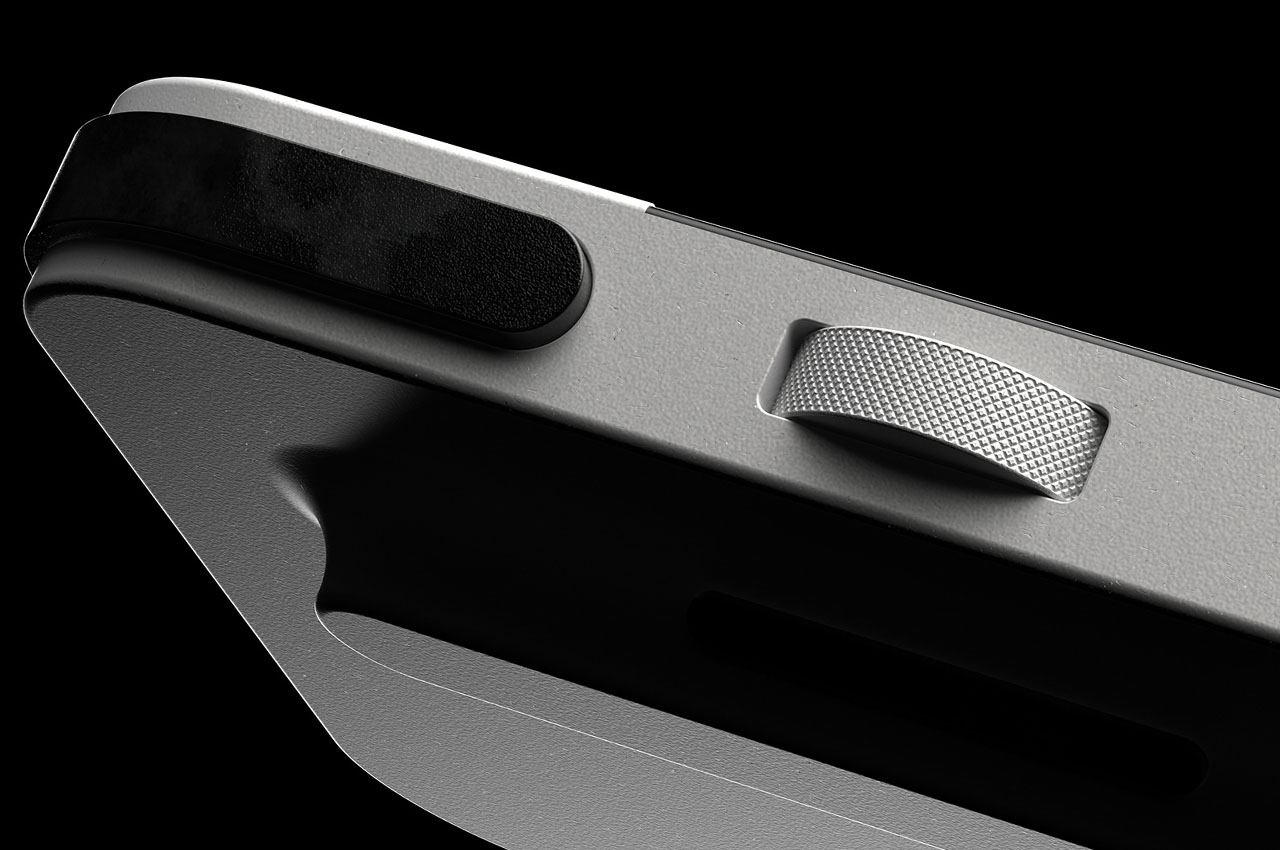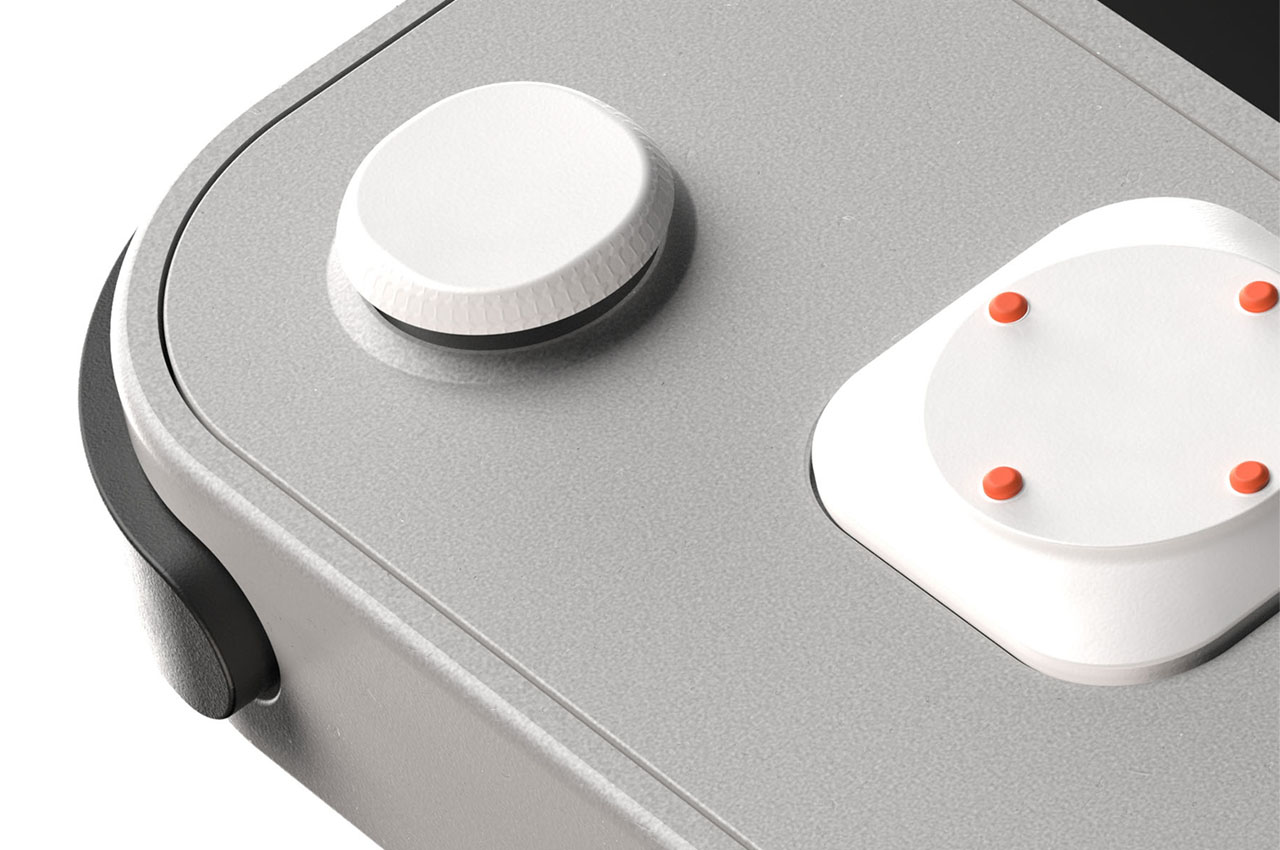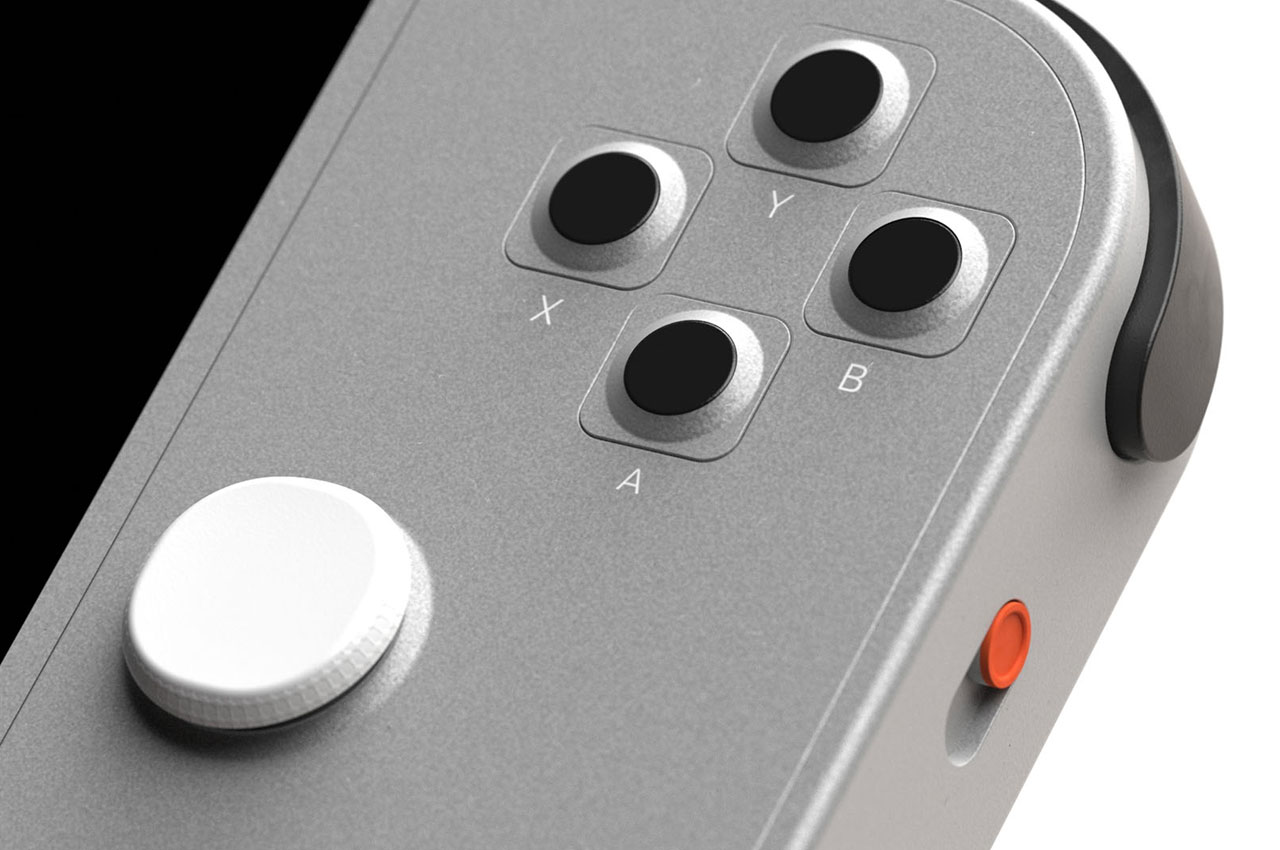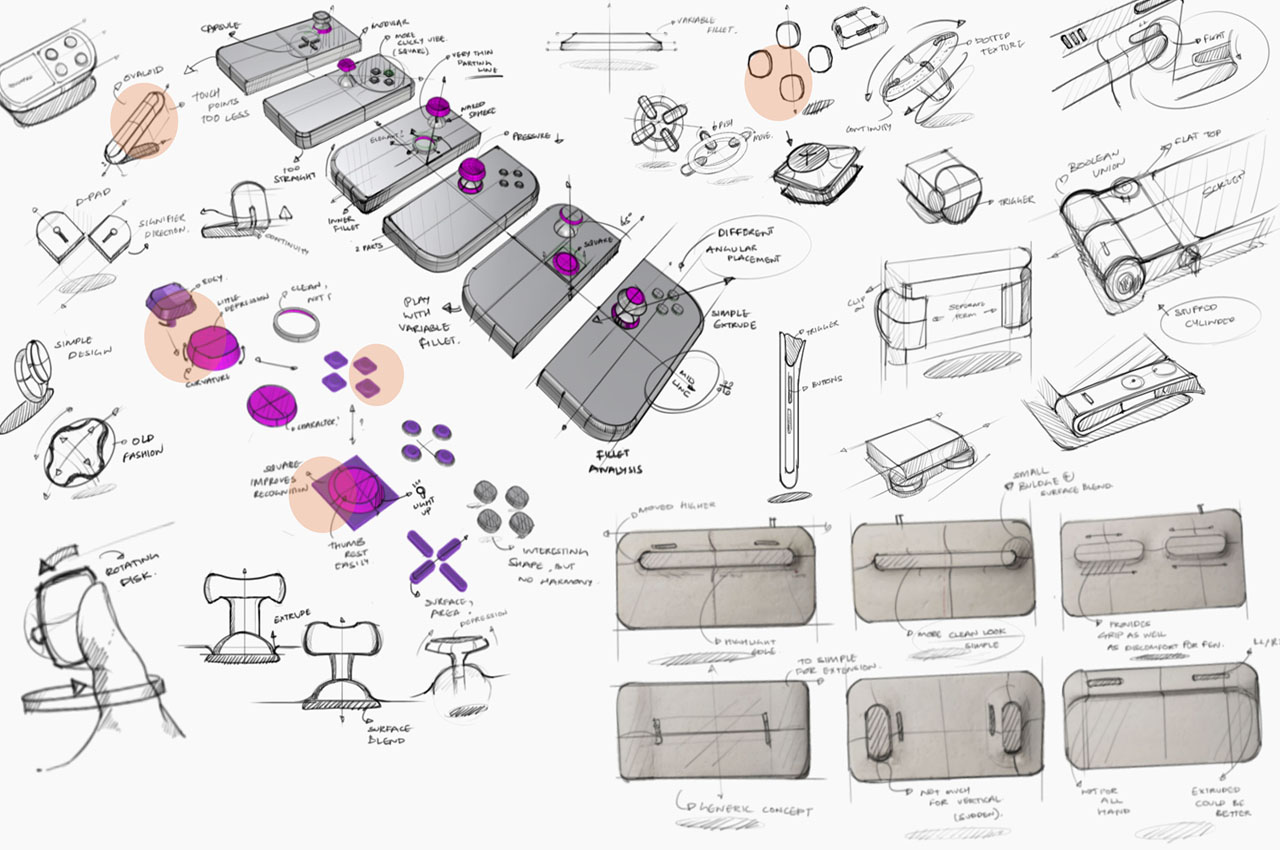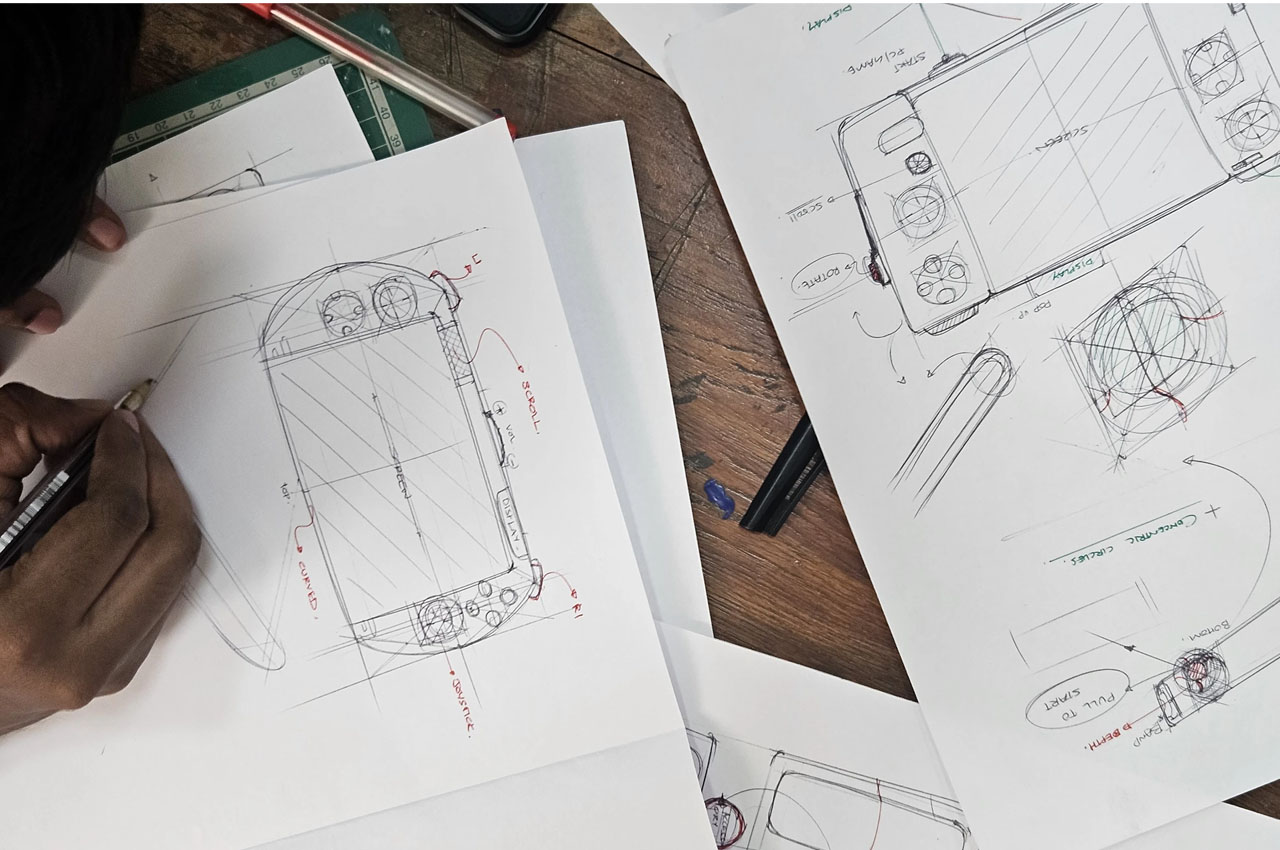Handheld gaming PCs might be the buzzword in the industry, but they’re not the only small-form gaming-oriented computers around. In fact, it’s probably thanks to the relative success of the likes of the Steam Deck, Lenovo Legion GO, and ASUS ROG Ally that the formula for compact gaming computers has been tested and proven. It probably shouldn’t come as a surprise, then, that gaming desktops in mini PC form would be popping up more frequently, like this latest entry from ASUS’ ROG brand that carries in its compact body some pretty big specs, a big legacy, and, unfortunately, an equally big price tag.
Designer: ASUS ROG
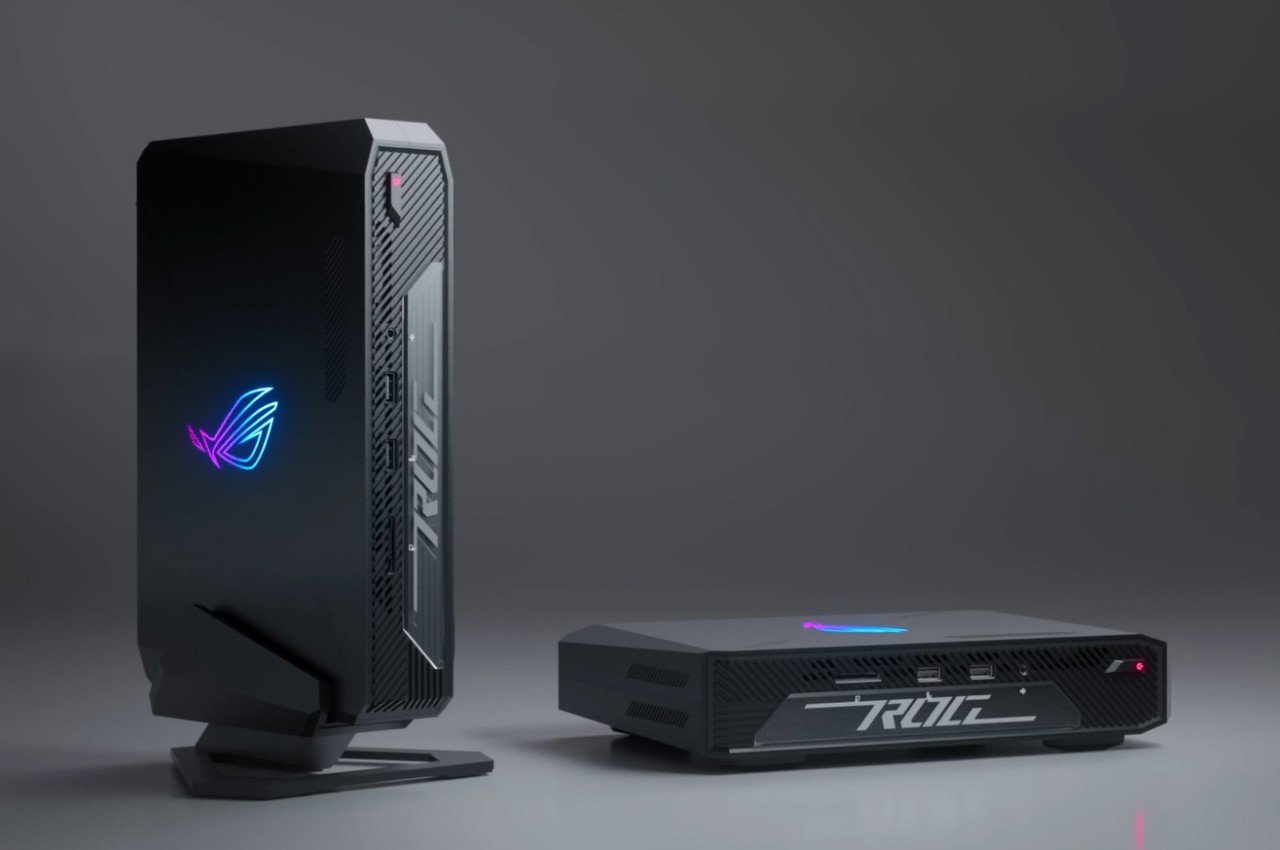

Gamers, especially those on the PC side of the fence, might already be familiar with the Republic of Gamers brand, but “NUC” might sound alien to them. The name, which stands for “Next Unit of Computing,” actually came from Intel and was used for the chipmaker’s line of mini PCs. After a decade of existence, Intel decided the product line really bore no fruit, definitely not in terms of profit, and decided to shutter the hardware and license the name to ASUS. Thus, the ASUS ROG NUC is pretty much the merger of two DNAs, one from Intel’s somewhat proof-of-concept mini PCs and the other from ASUS’s gaming house.
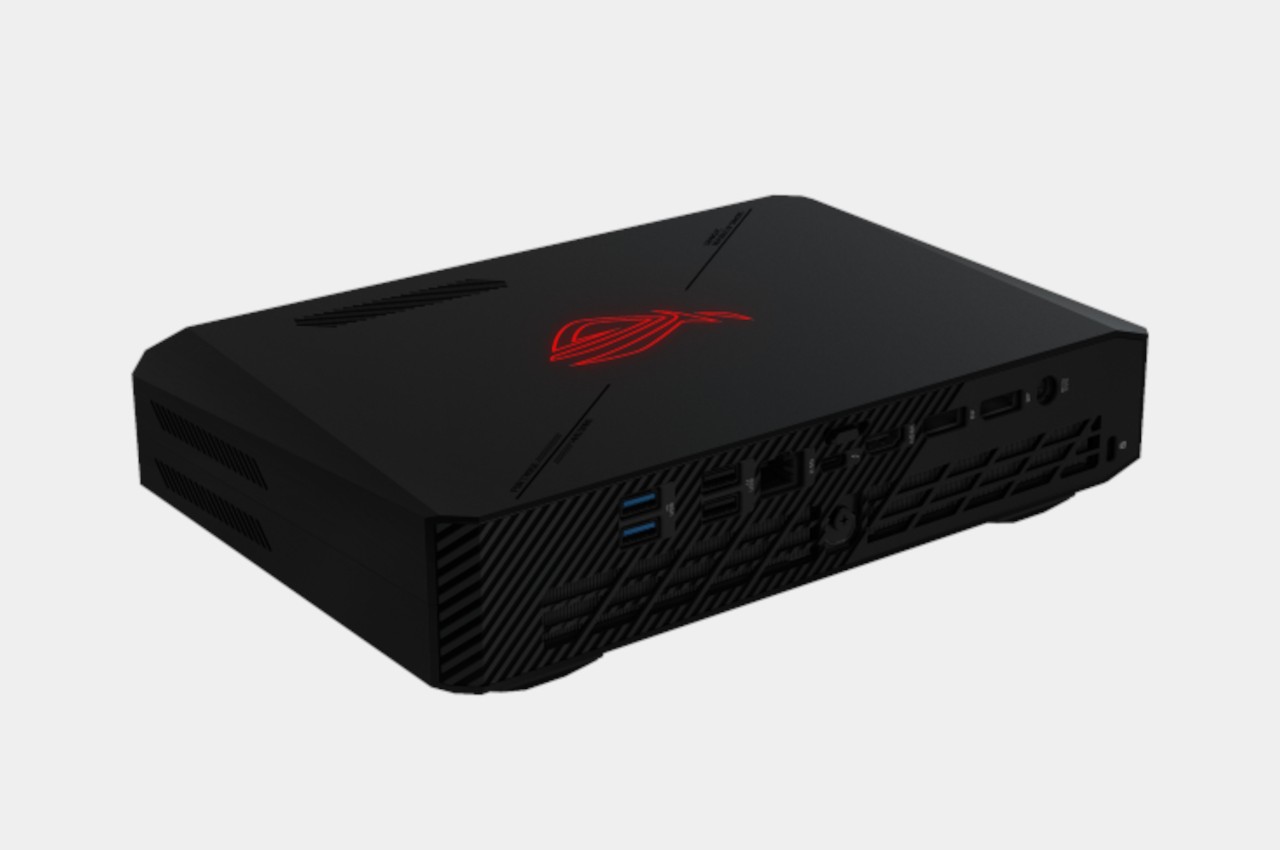

Unlike Intel’s NUCs, which were pretty much barebone general-purpose budget computers in a small box, the ROG NUC has the beating heart of a gaming laptop, just crammed in a small box that’s just around two inches thick. That includes an Intel Core Ultra processor, the kind that boasts upgraded AI chops, and an integrated NVIDIA RTX 4060 or 4070, depending on the configuration. There are plenty of ports for connection, as well as options for expanded storage that you can easily access thanks to its tool-less chassis.
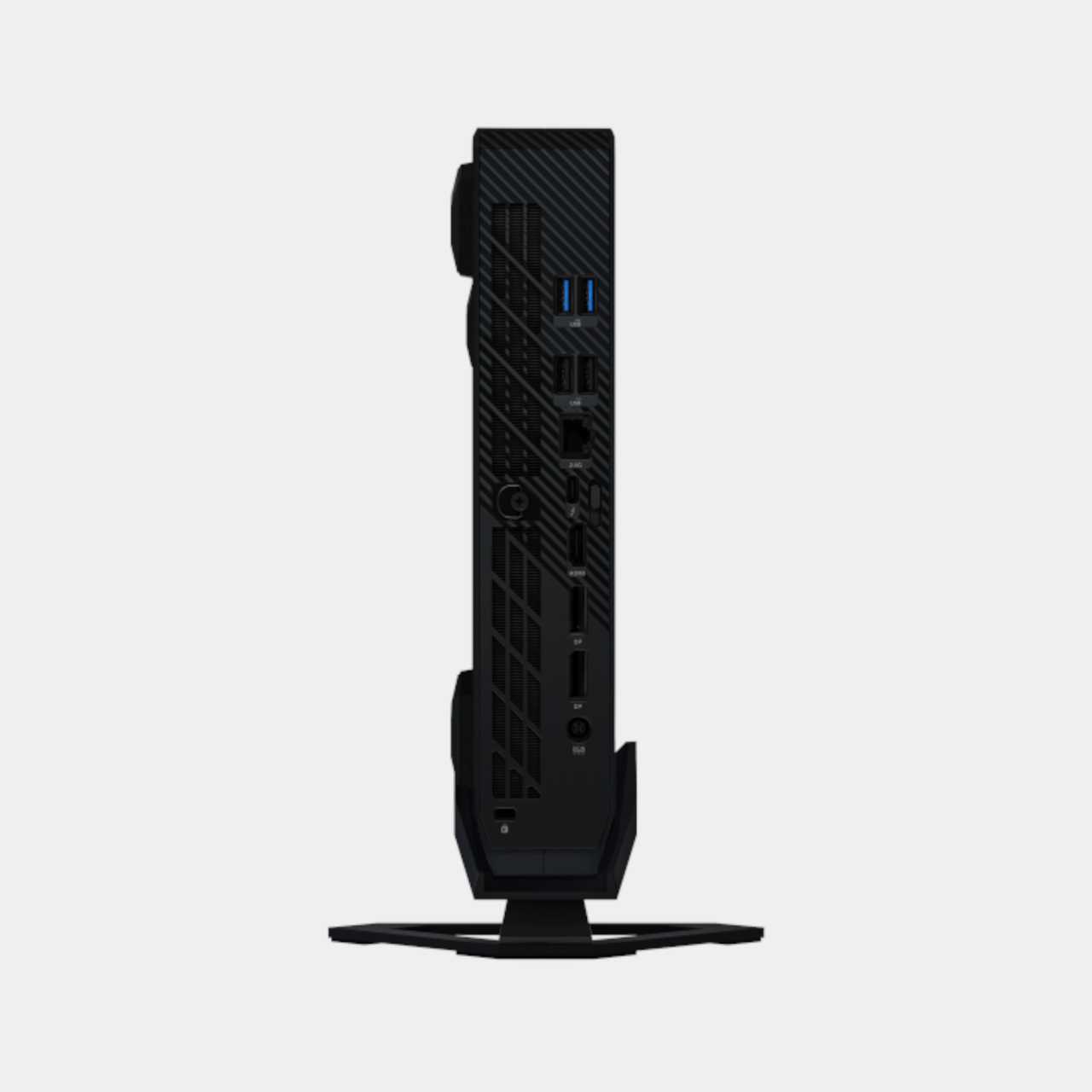

While those might sound like juicy features for a gaming mini PC, the starting price of $1,629 makes it look less palatable, or $2,199 for the next step up in specs. For that price, you can already get a respectable gaming laptop with nearly the same or even better specs, and you won’t need to hook it up to a monitor, keyboard, and mouse. And unlike a desktop PC, you can’t upgrade anything other than memory and storage, so performance is pretty much a fixed value.

These raise the question of who the ASUS ROG NUC will be for, and the answer is quite a niche market. It will be for PC gamers who don’t exactly need mobility but do have limited desk space for a tower. It might even be for users who already have a more powerful gaming desktop and just need a secondary computer for their office. Either way, these scenarios make that high price tag even less appealing unless ASUS holds a sale immediately after launching the product.
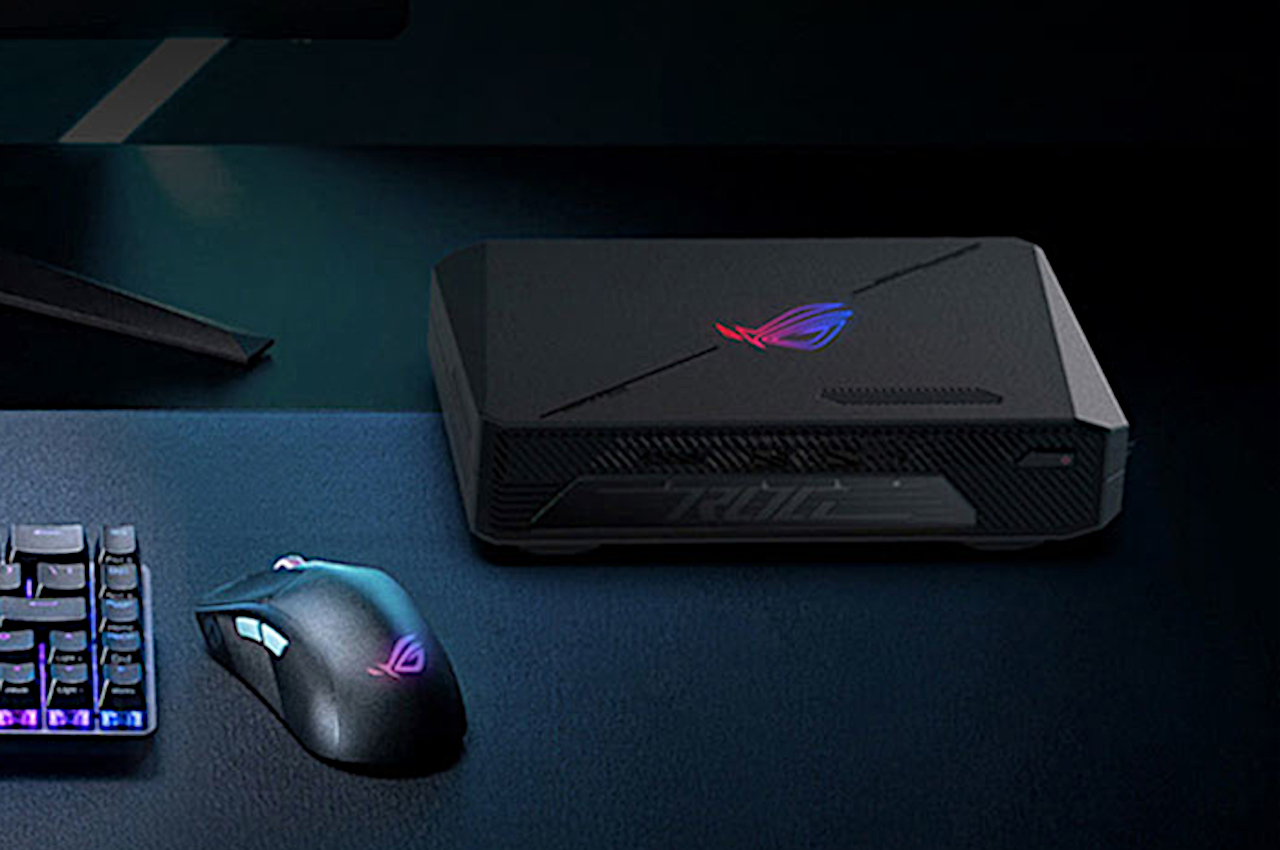

The post ASUS ROG NUC mini PC offers a small gaming box with a big catch first appeared on Yanko Design.
